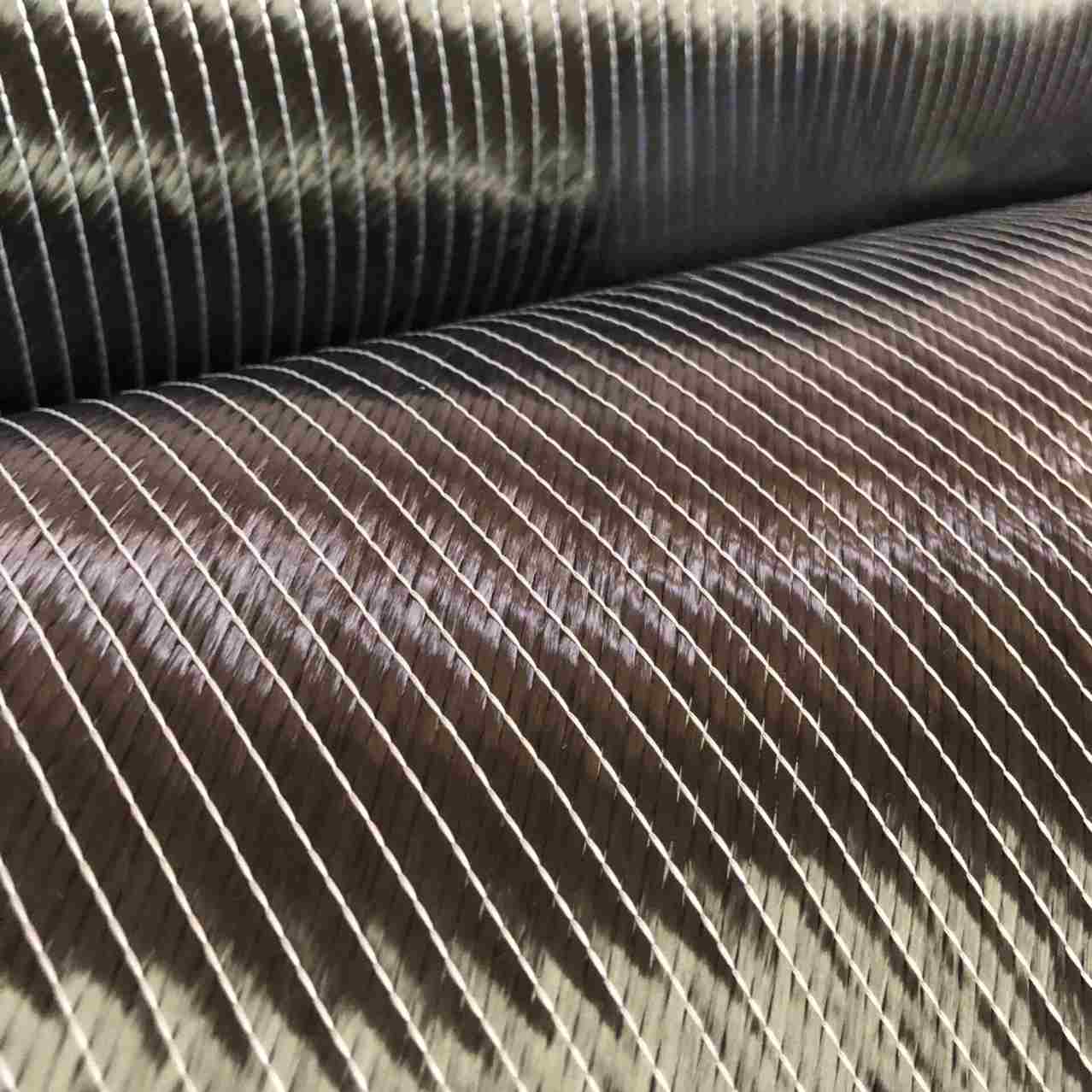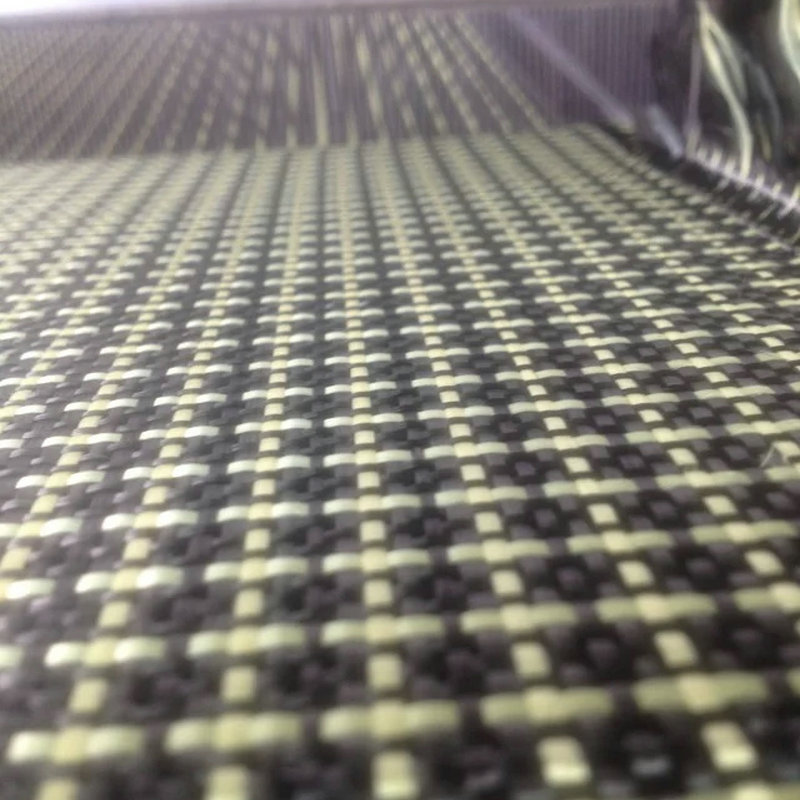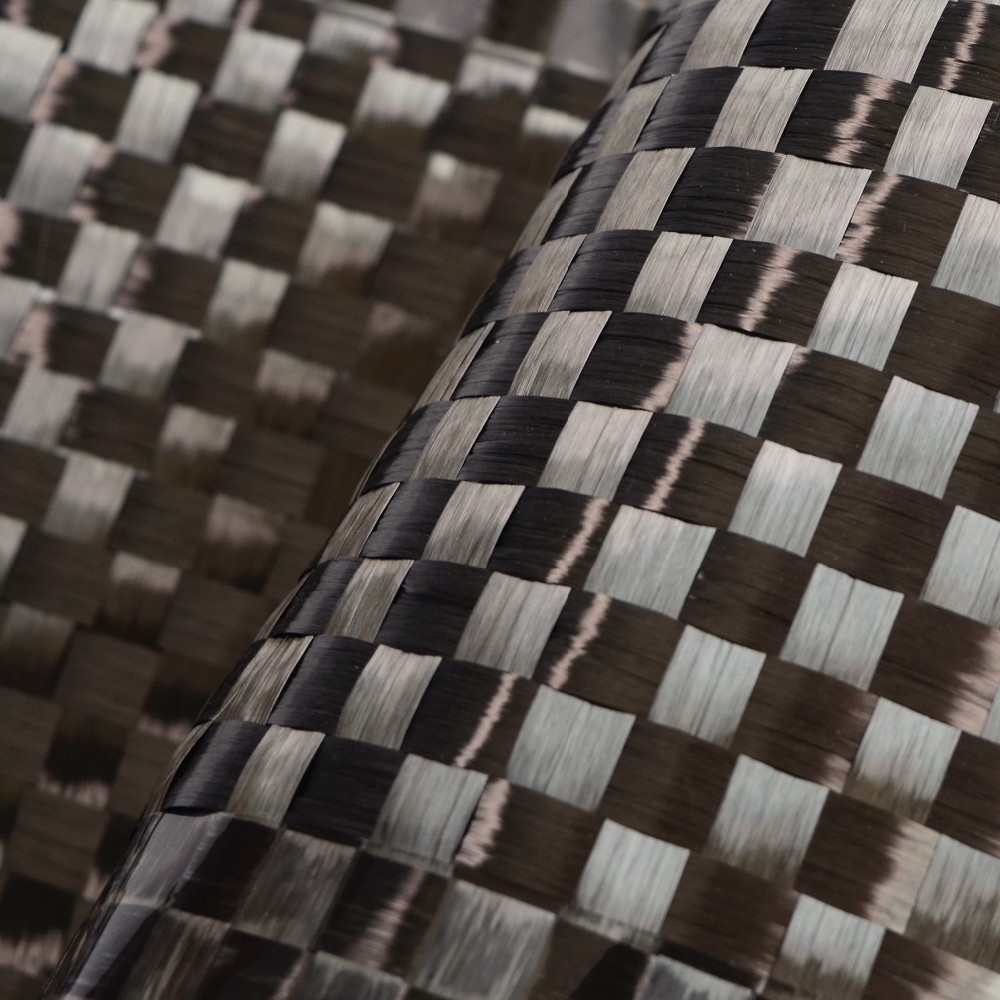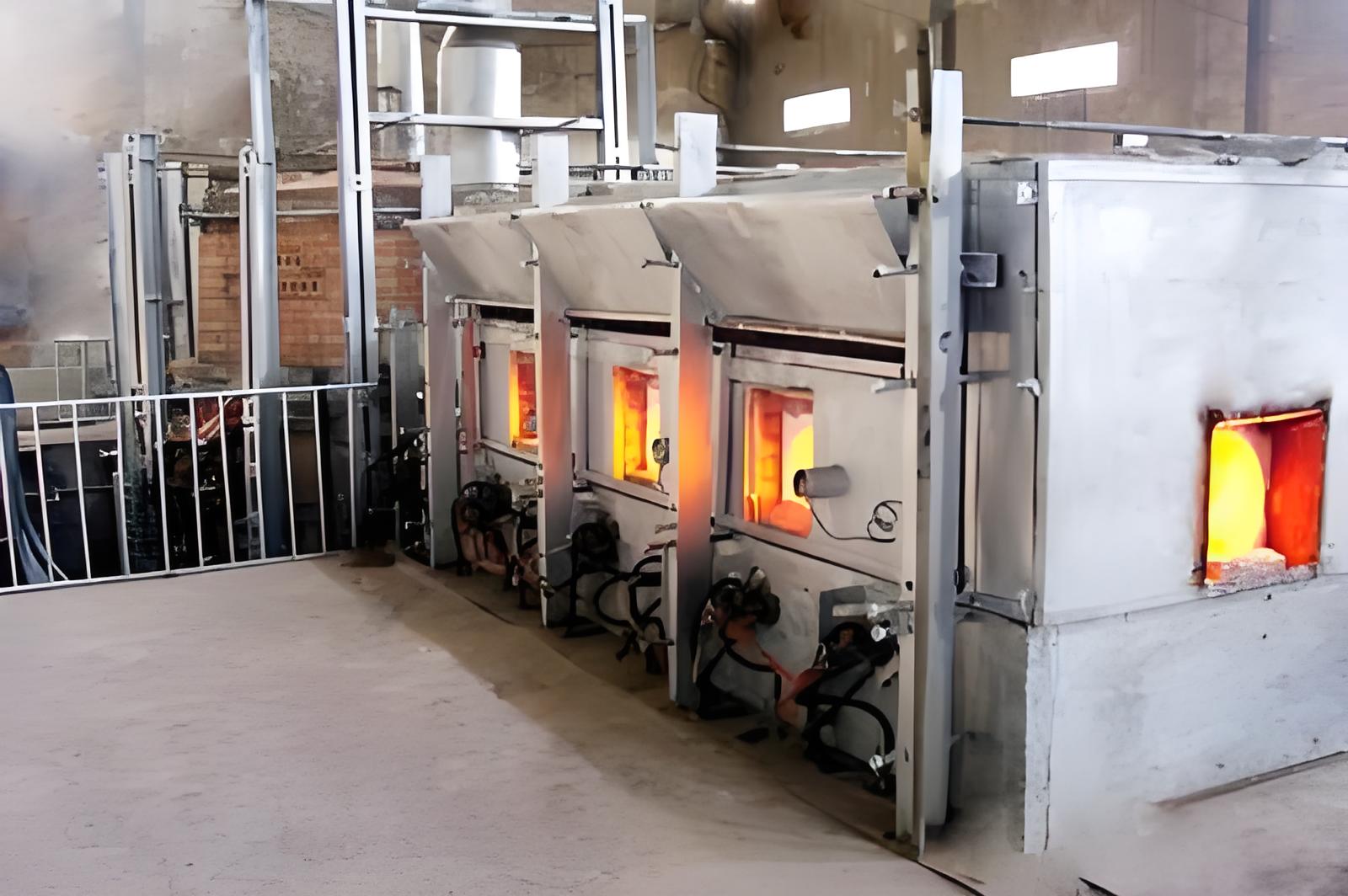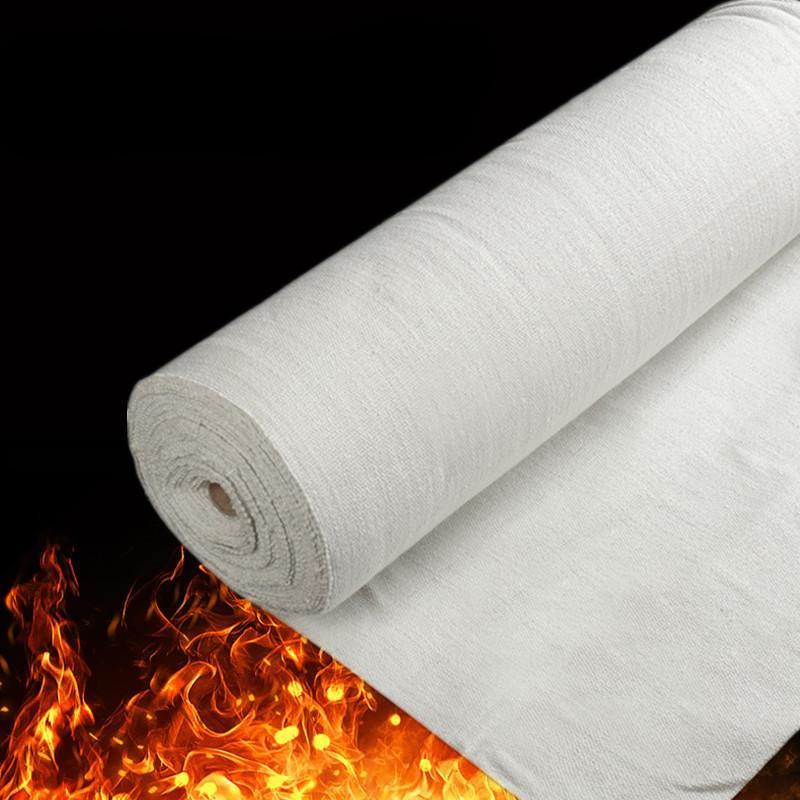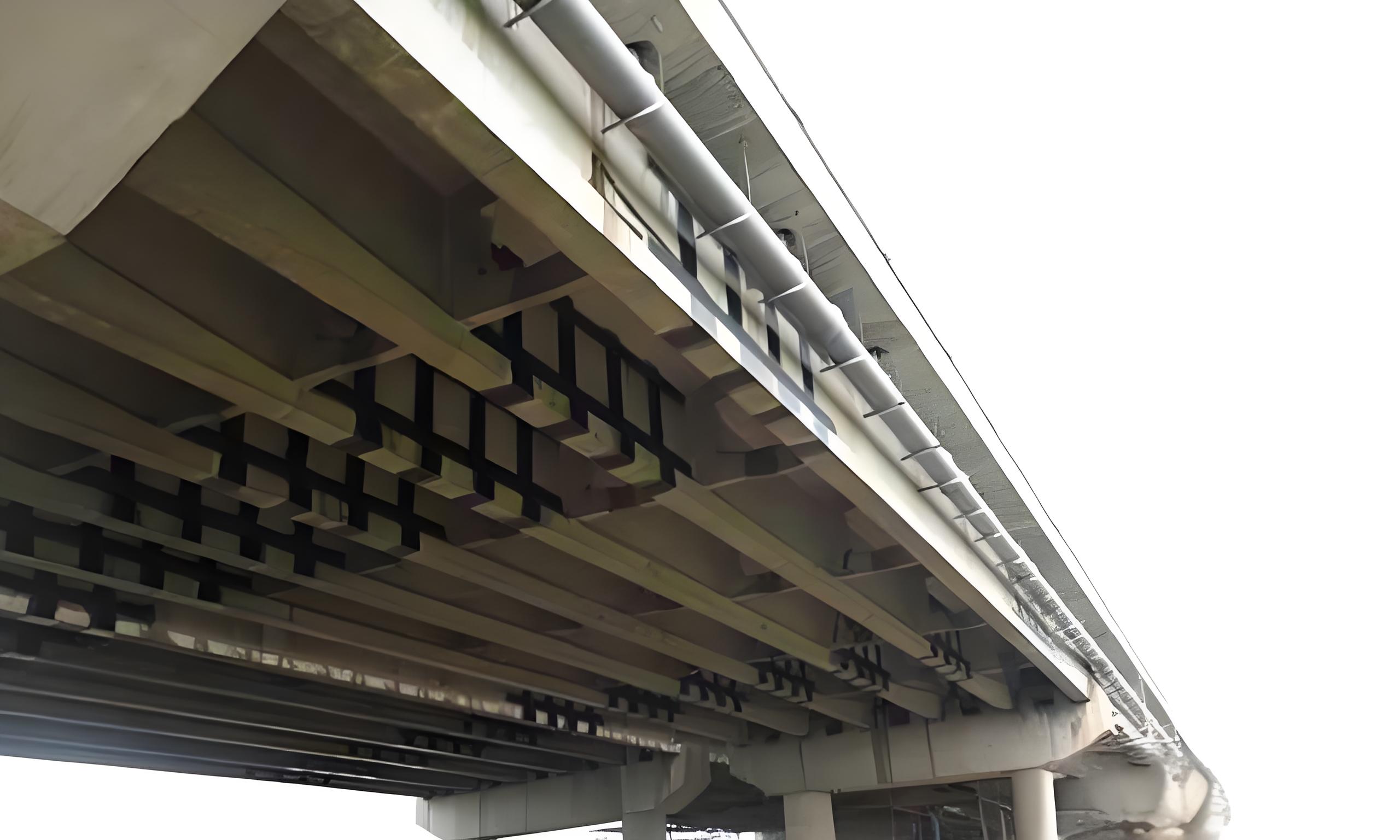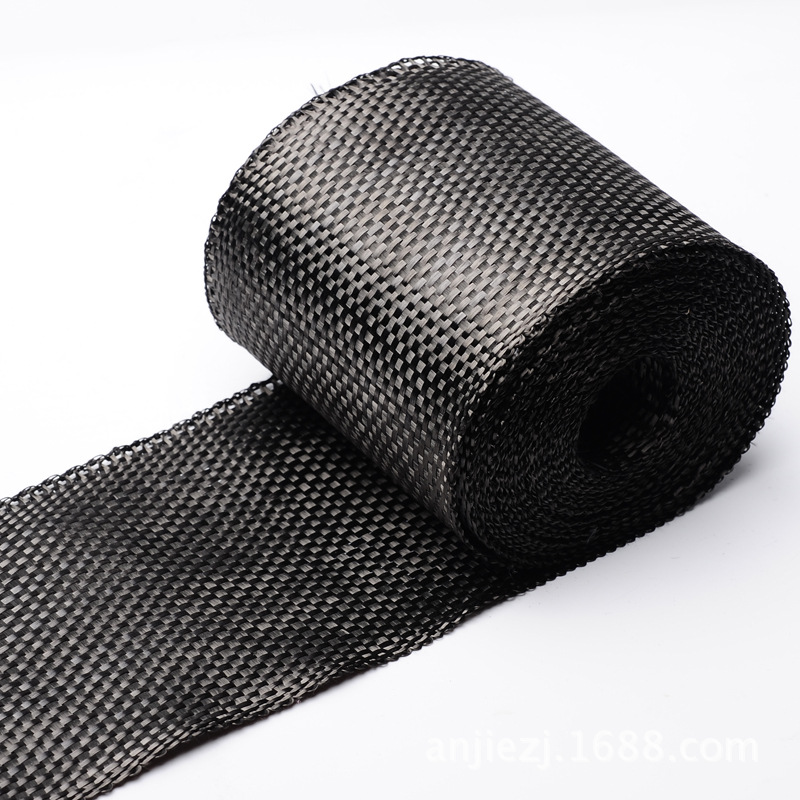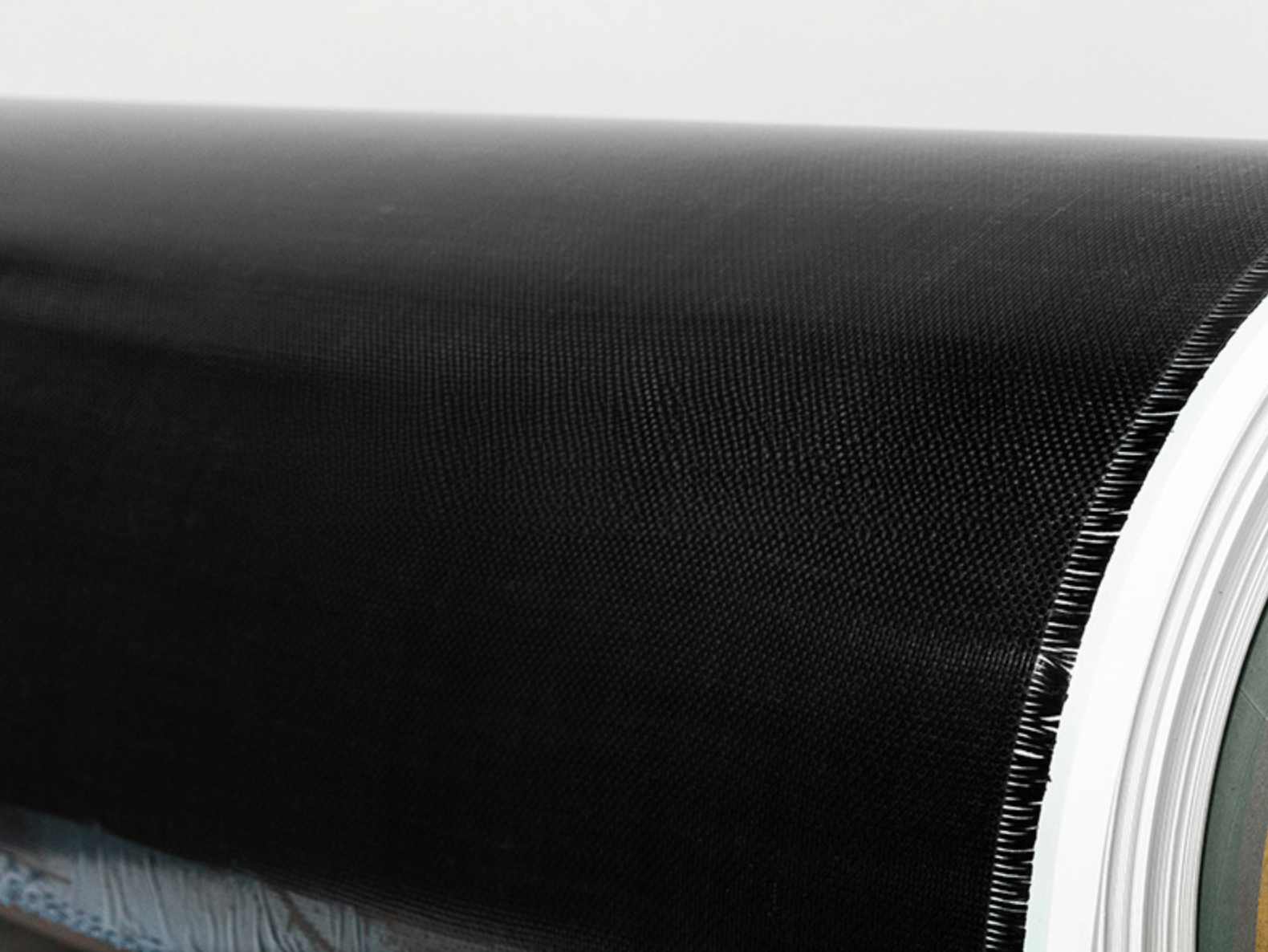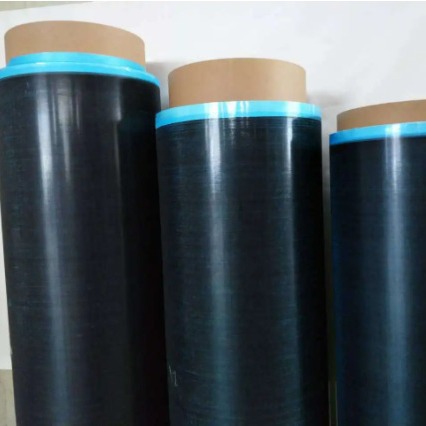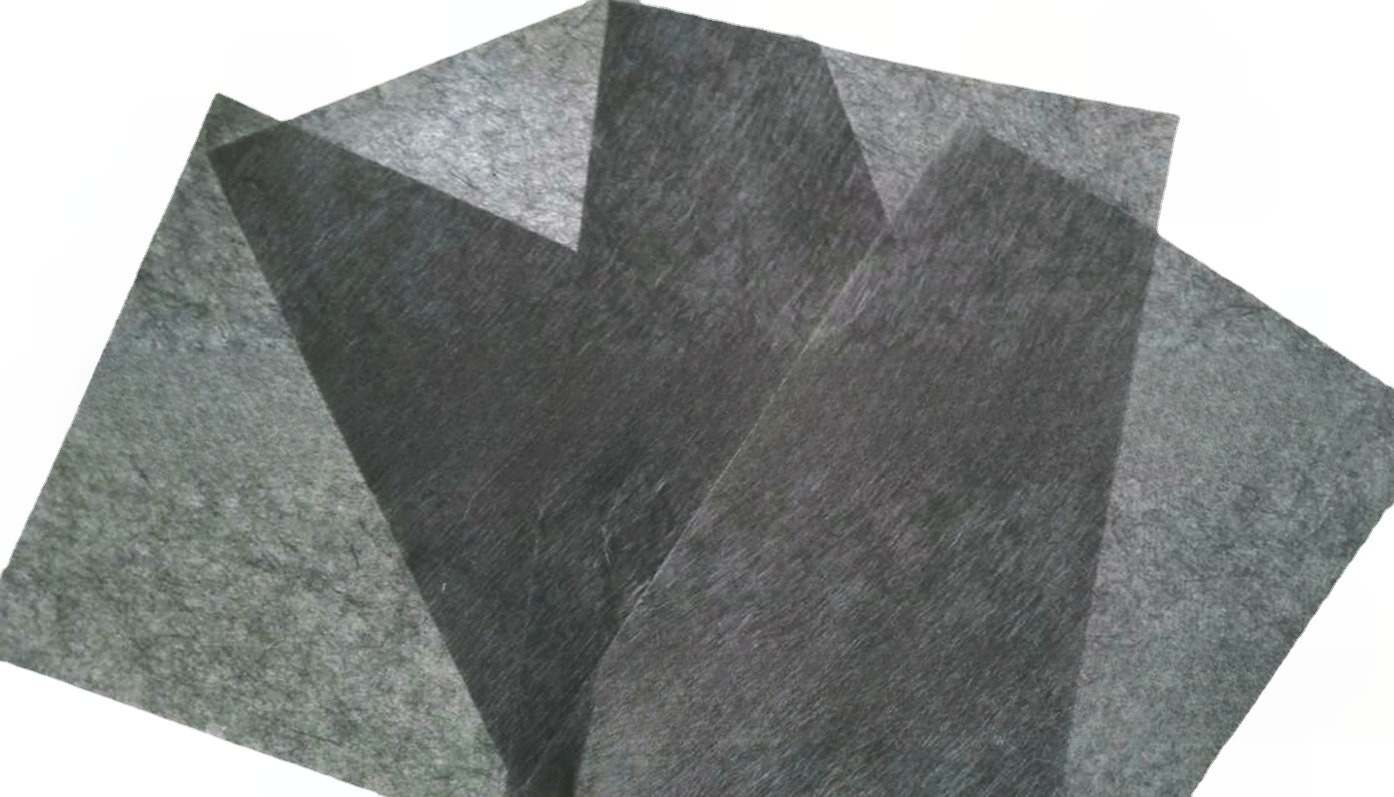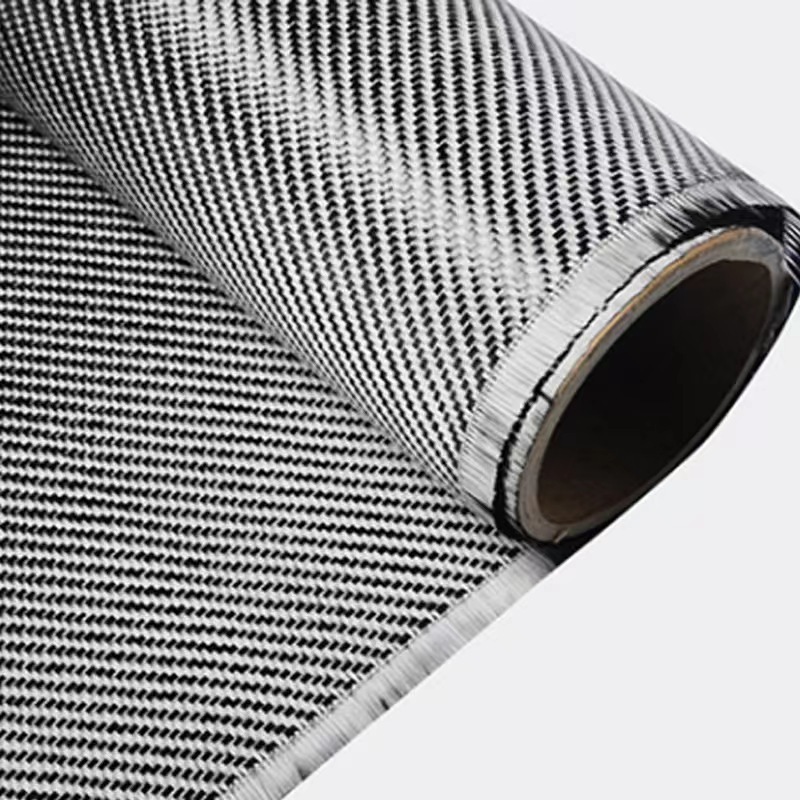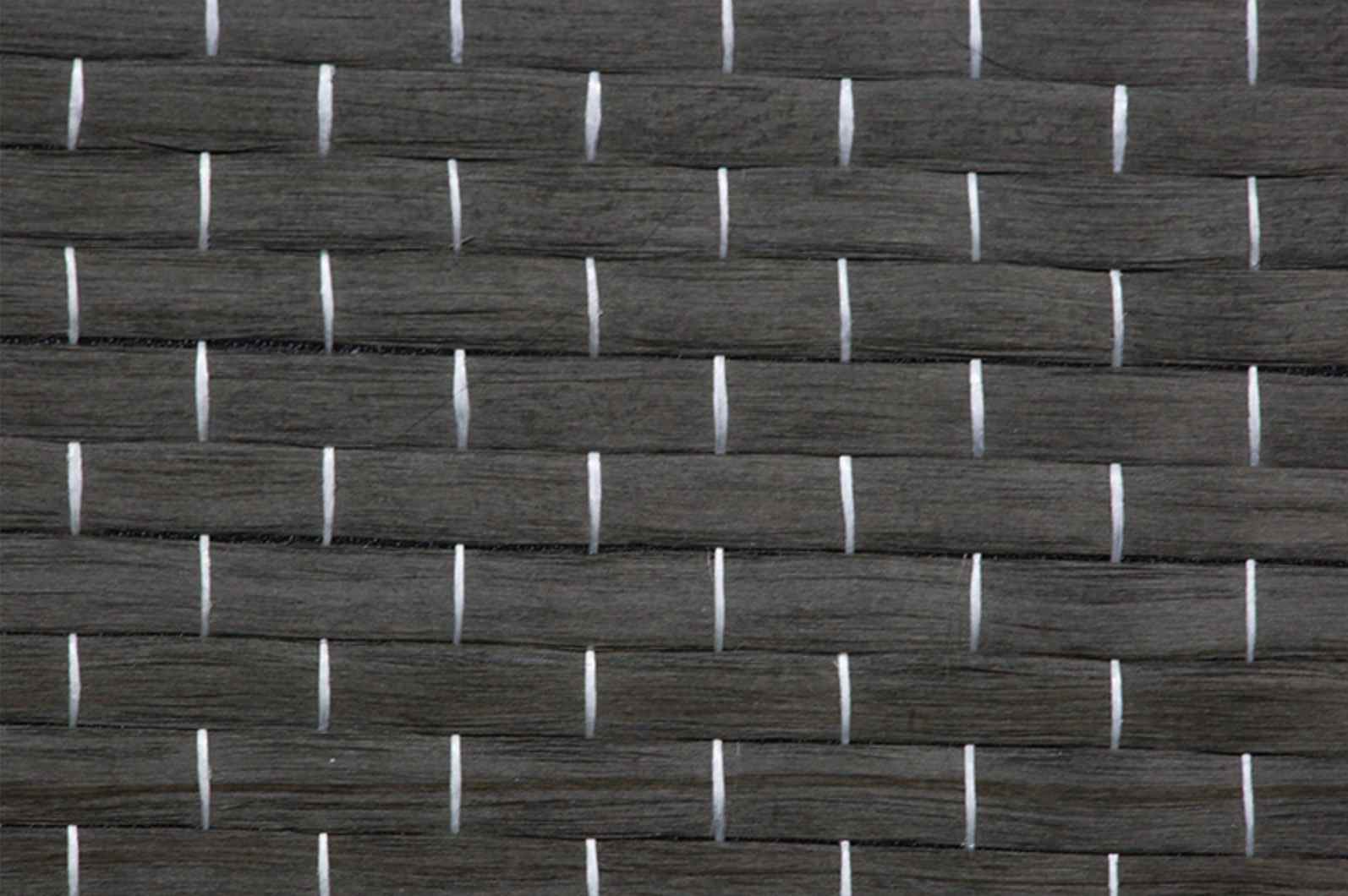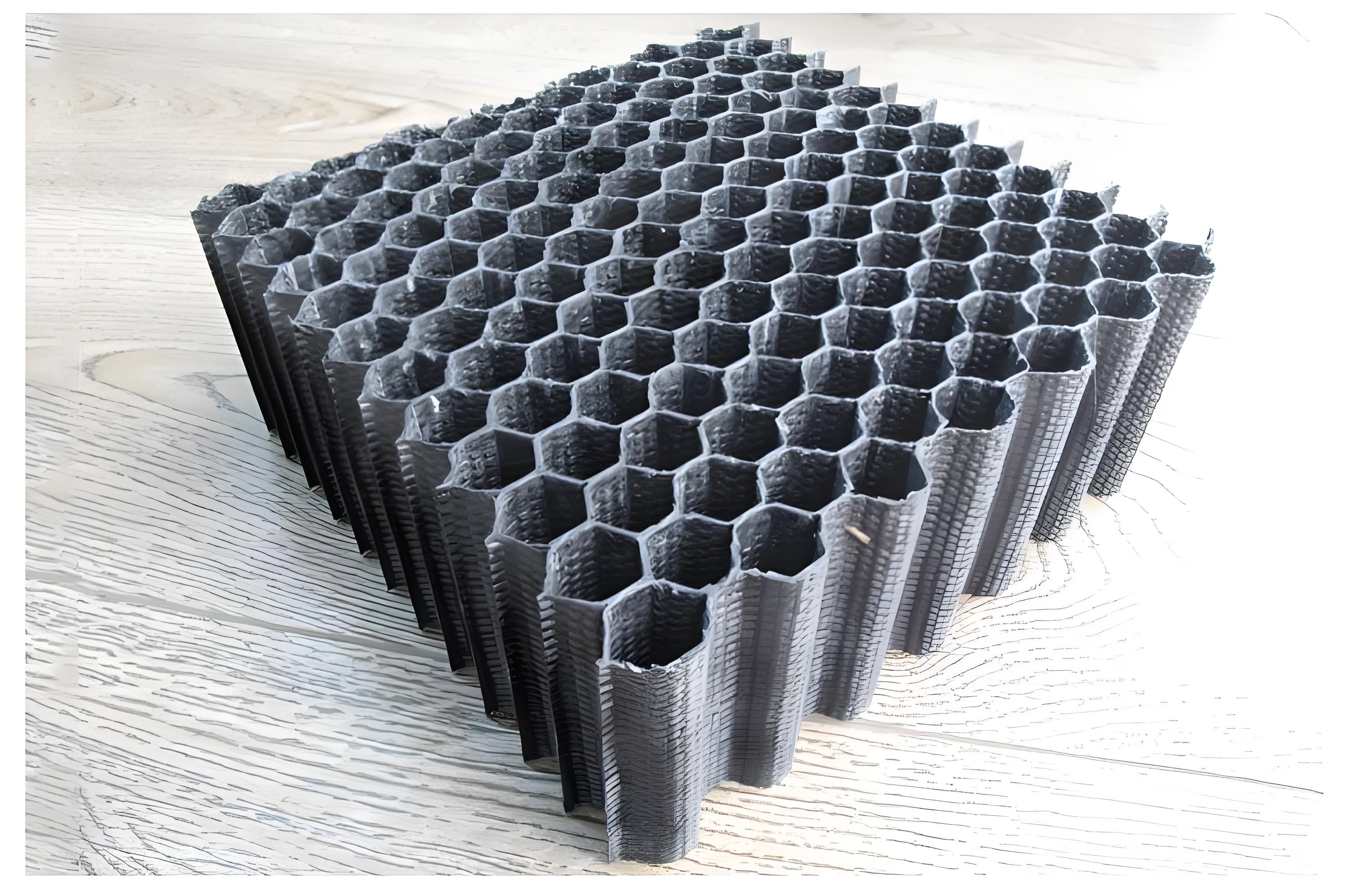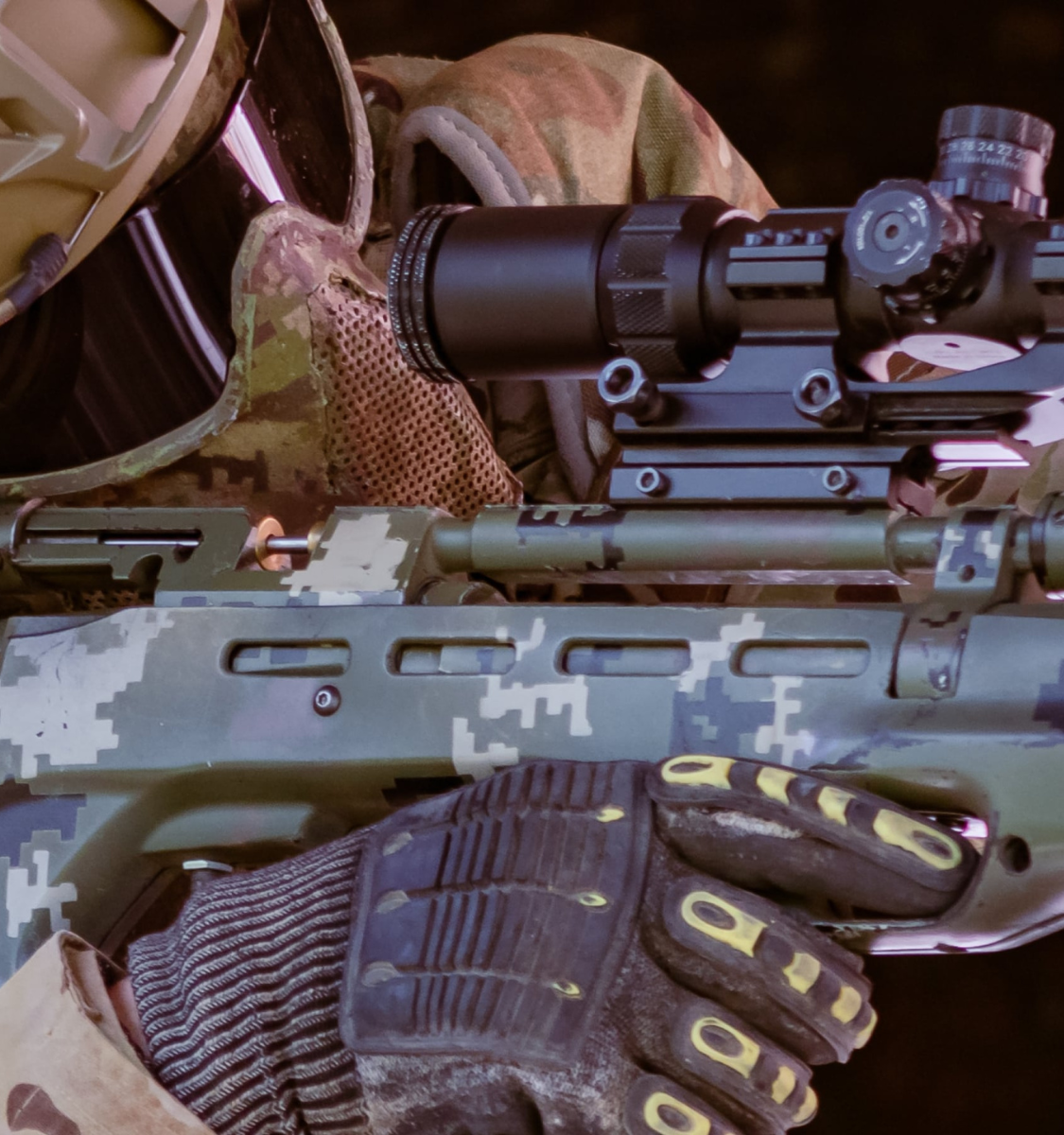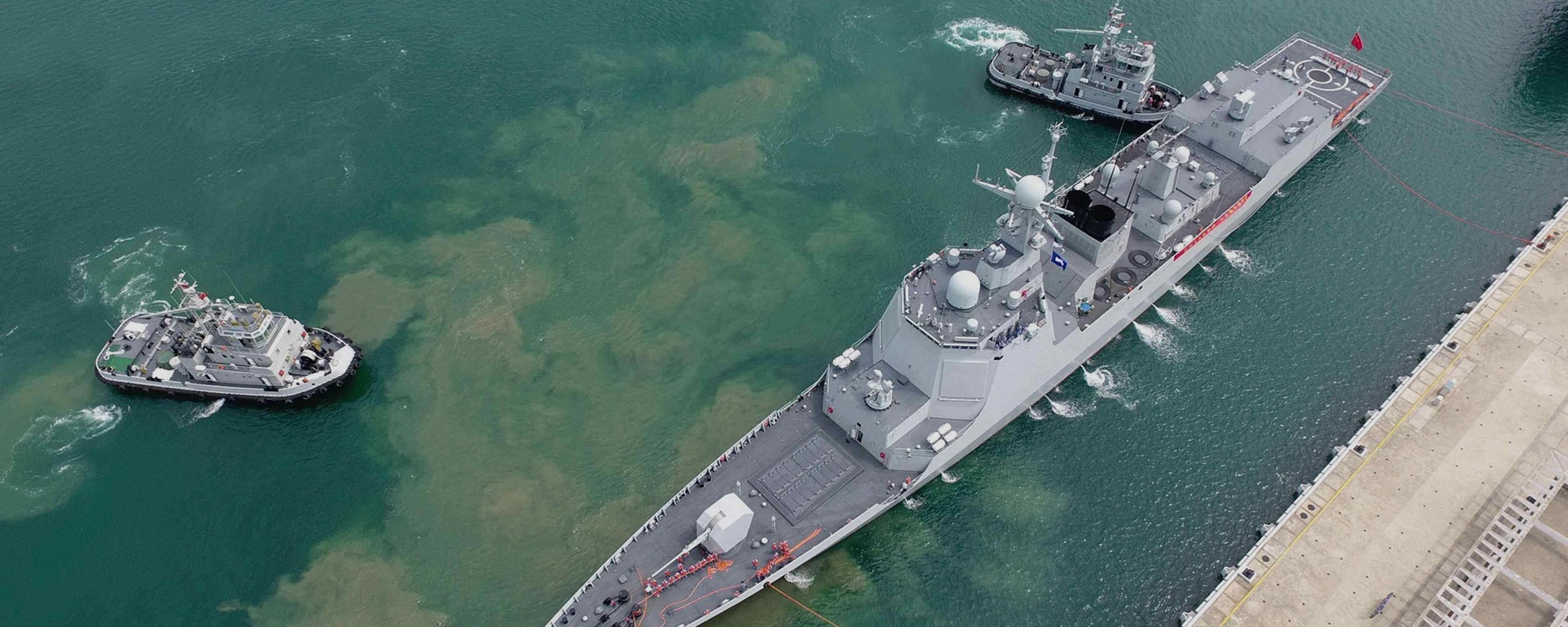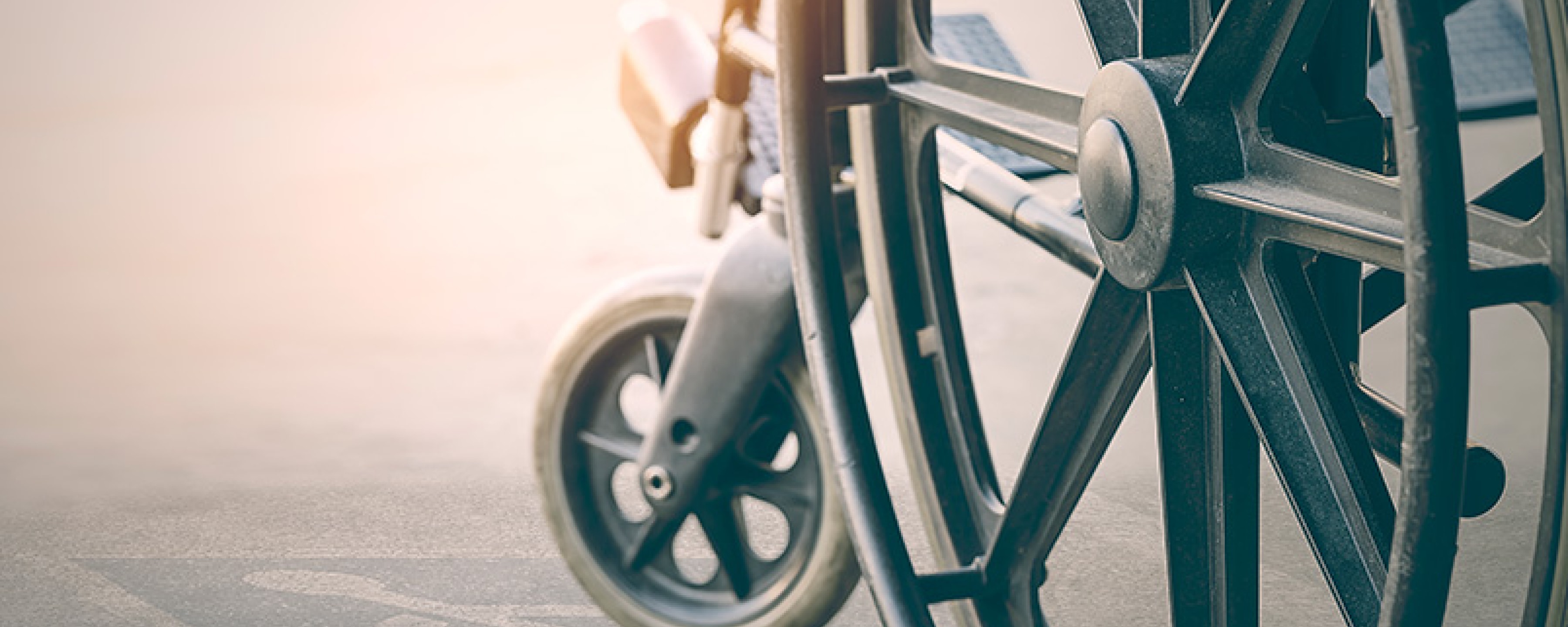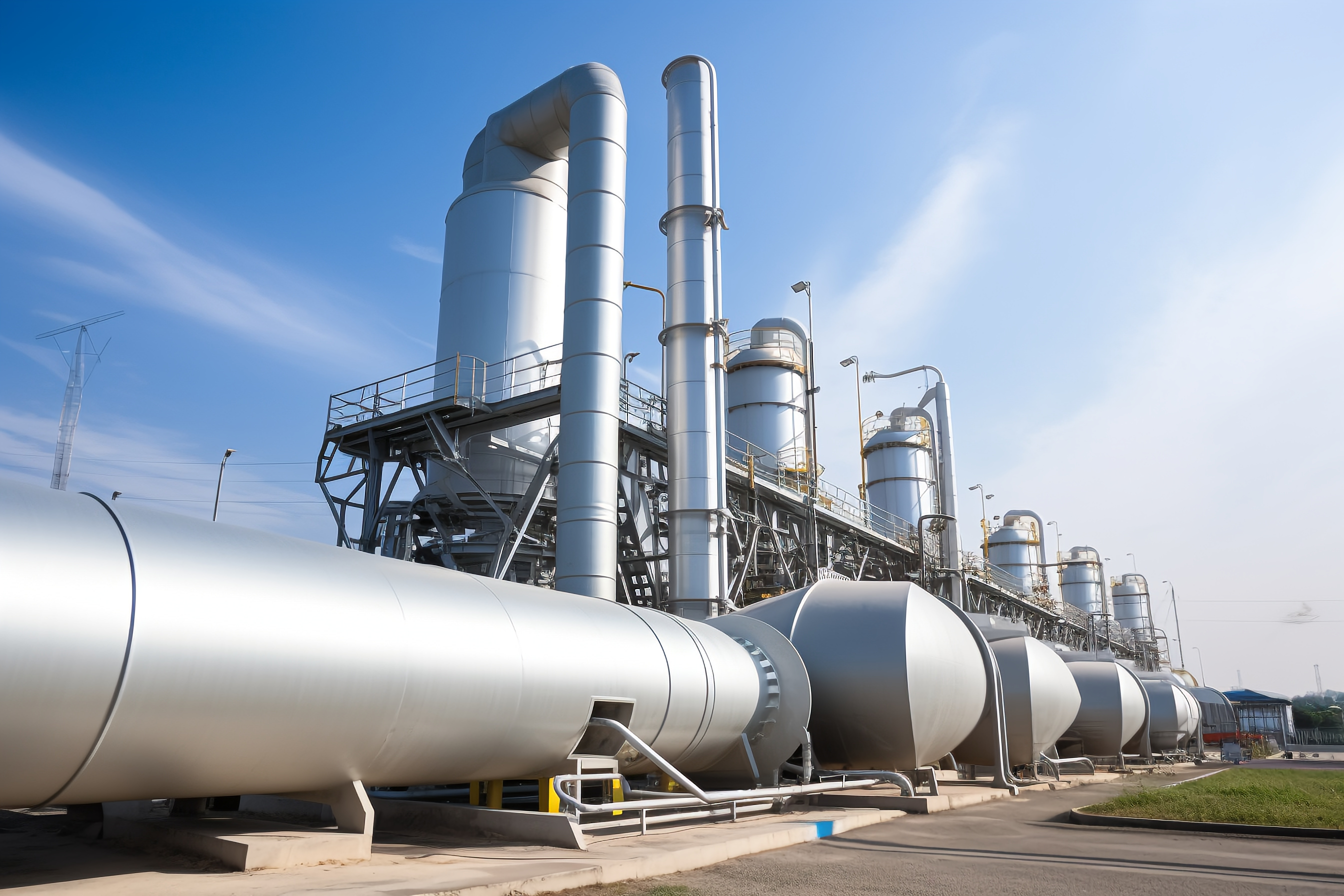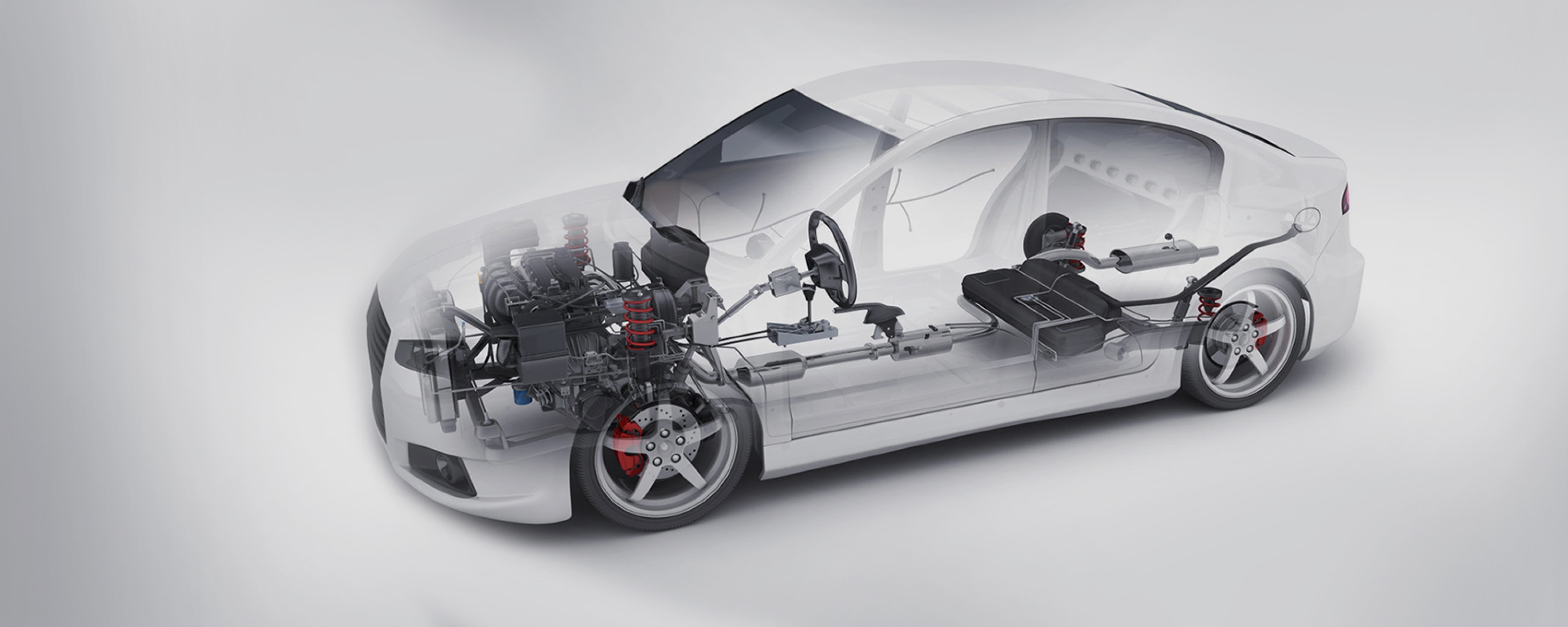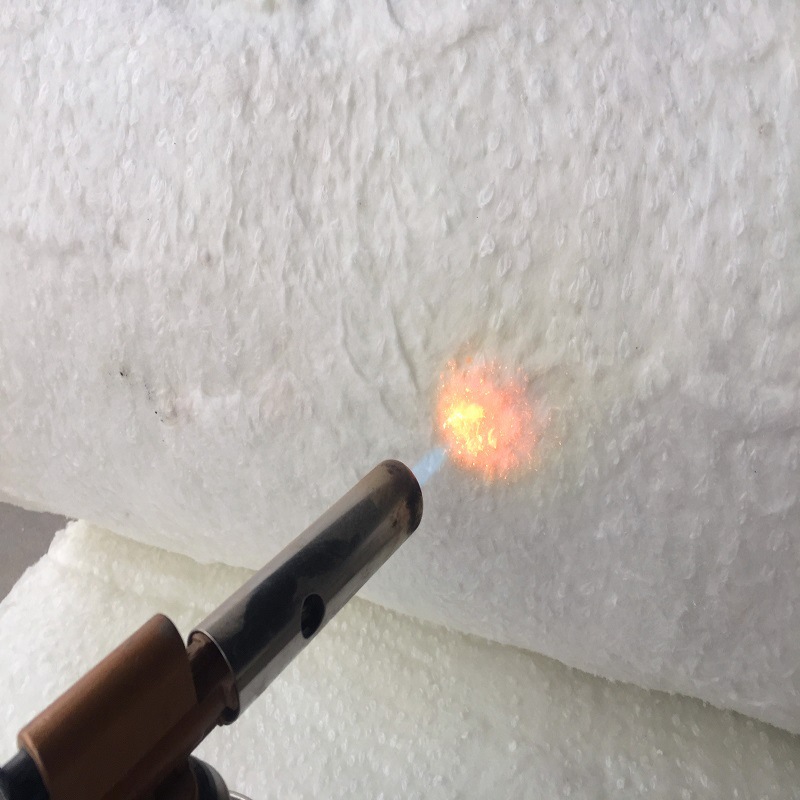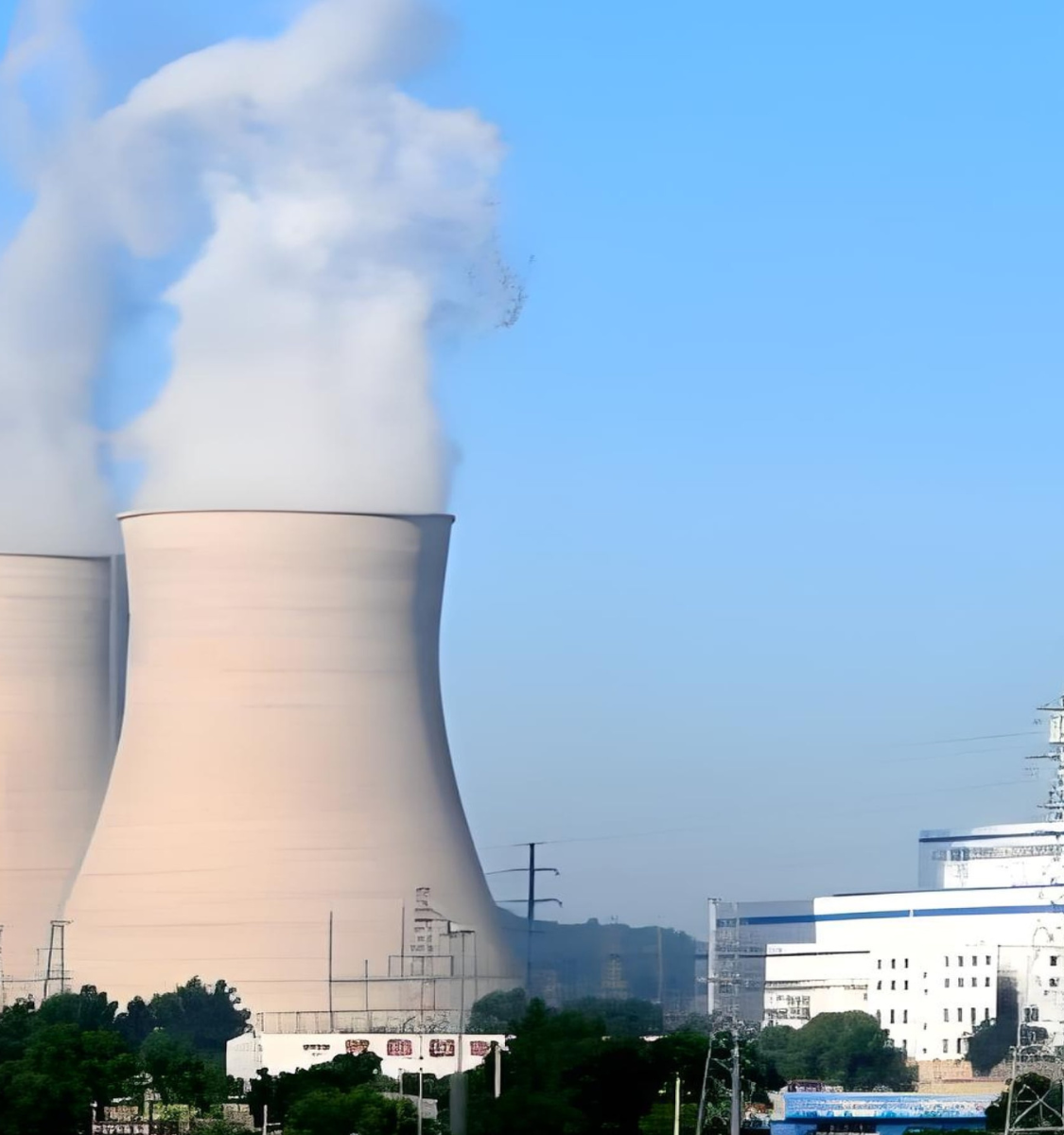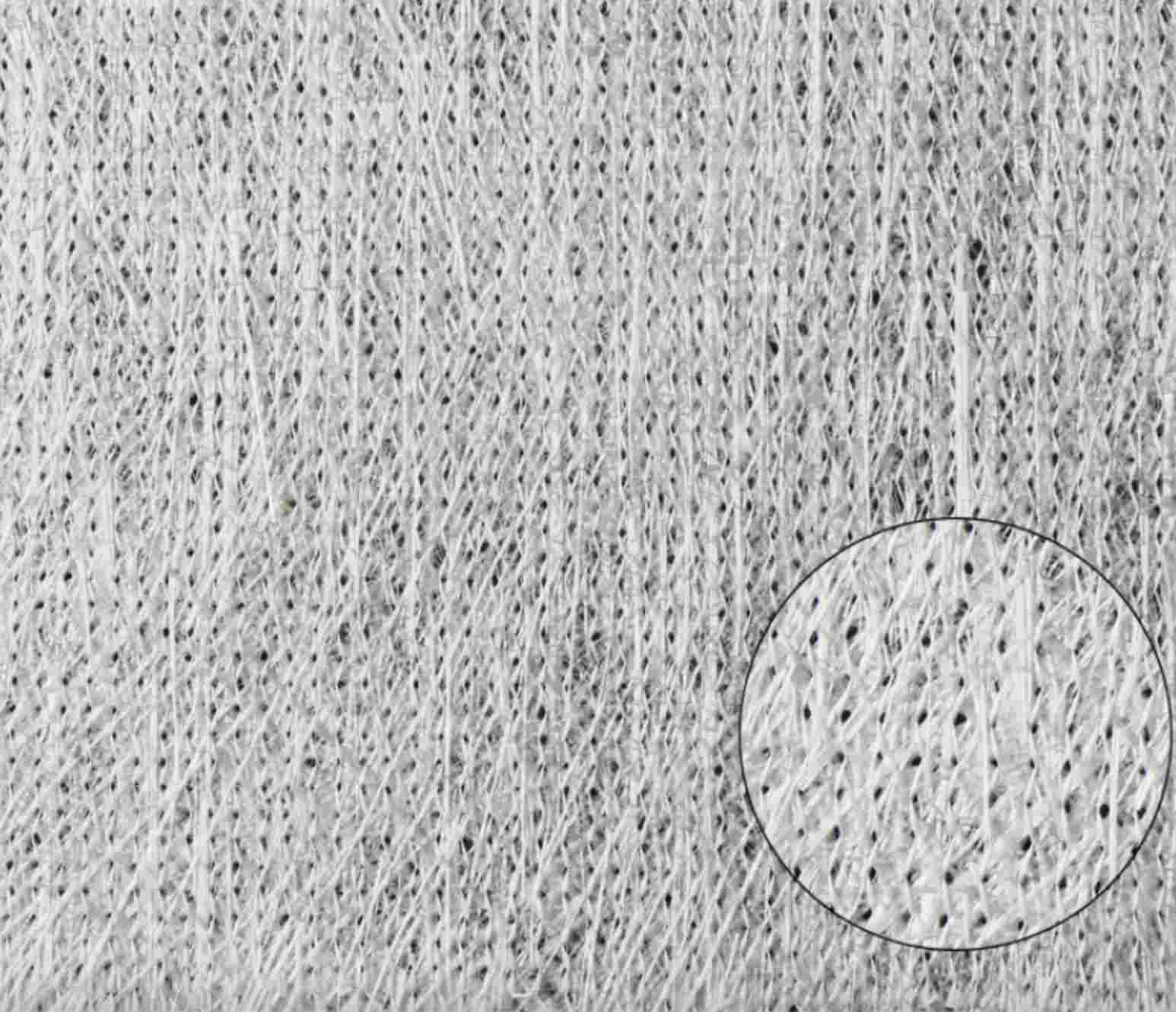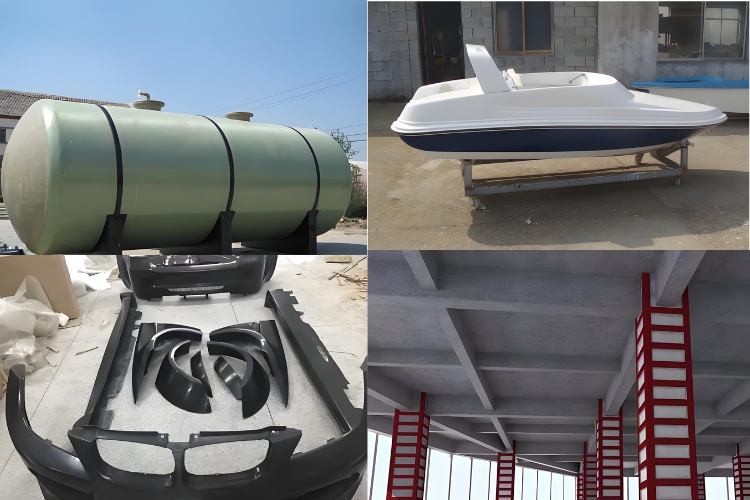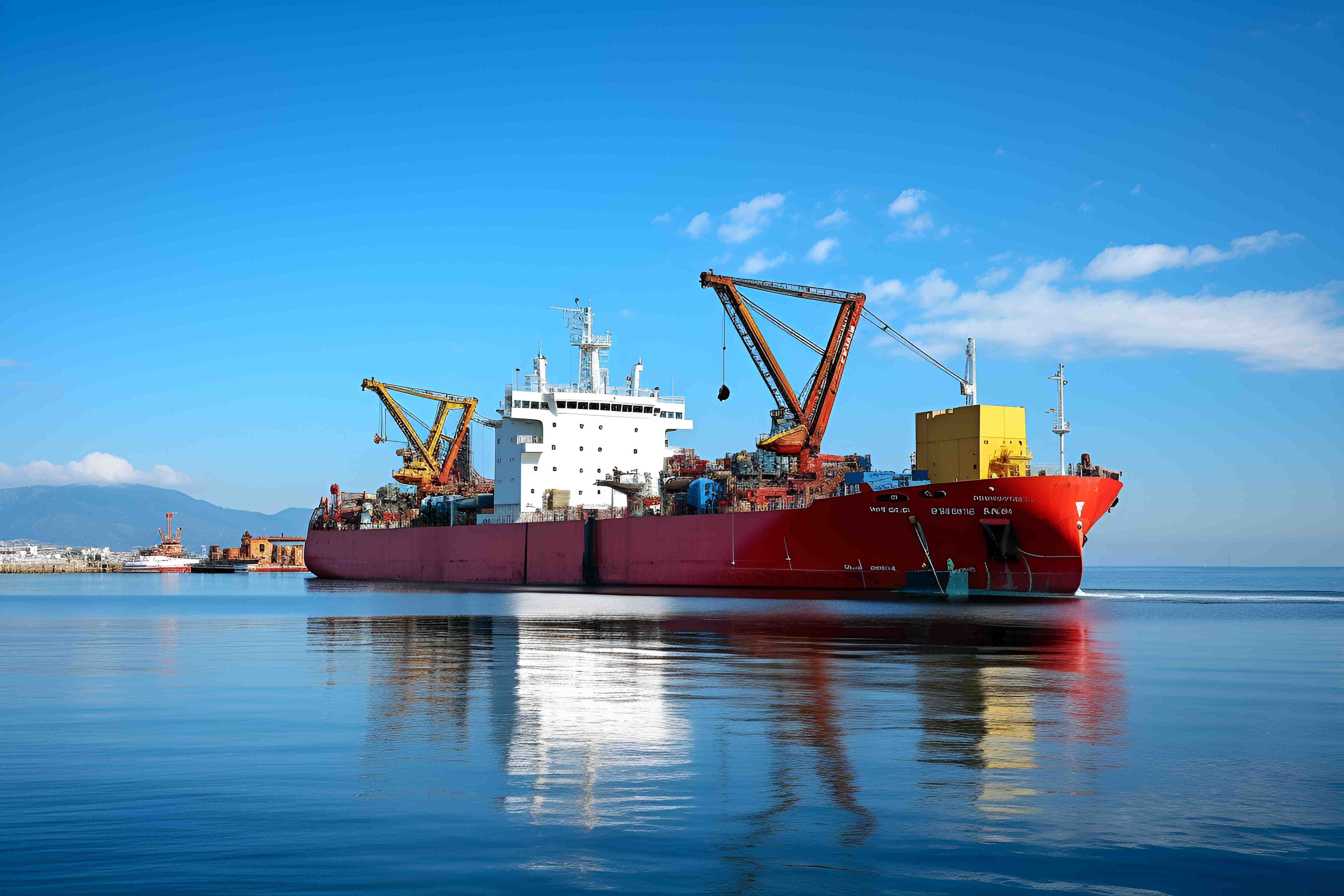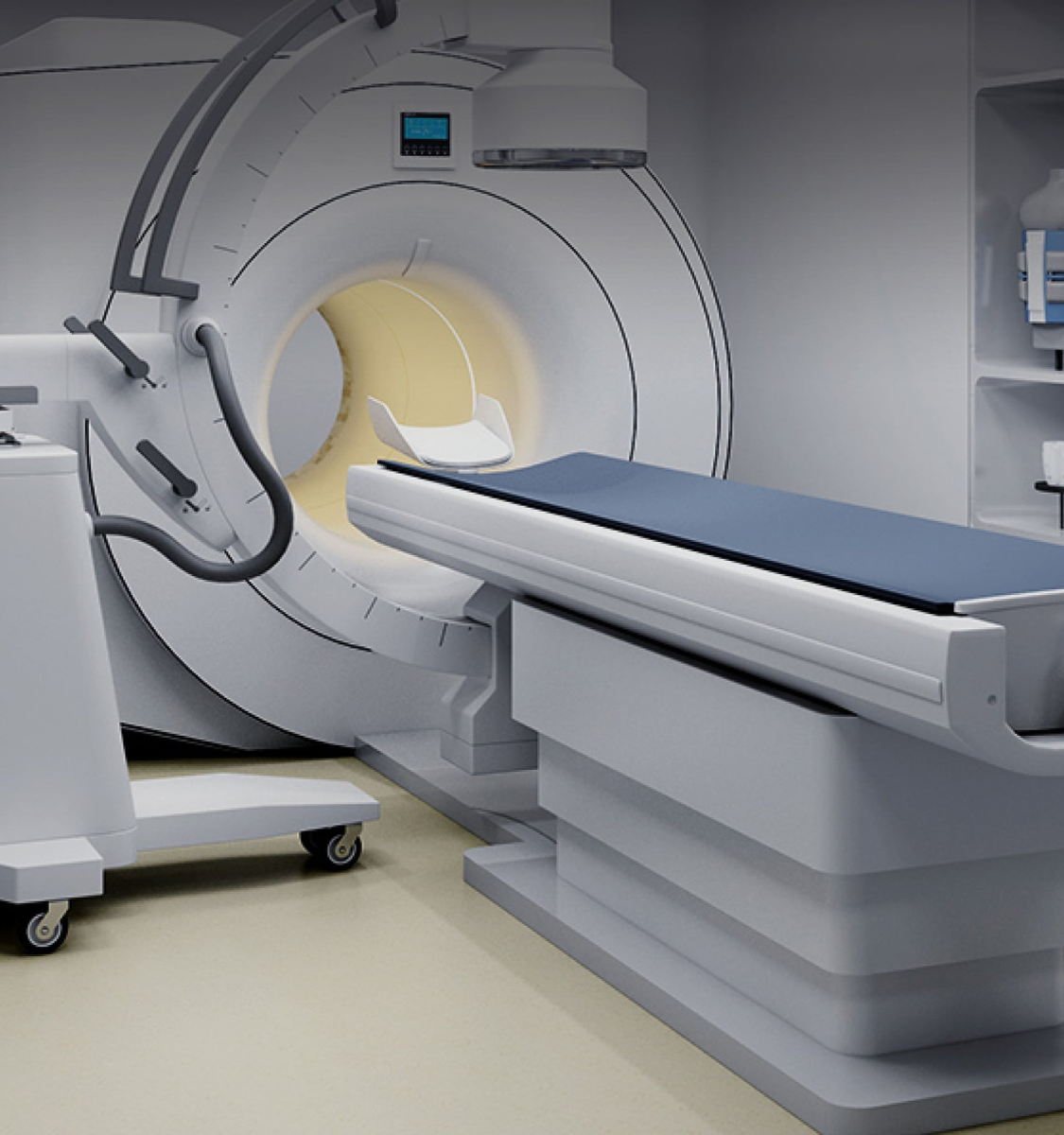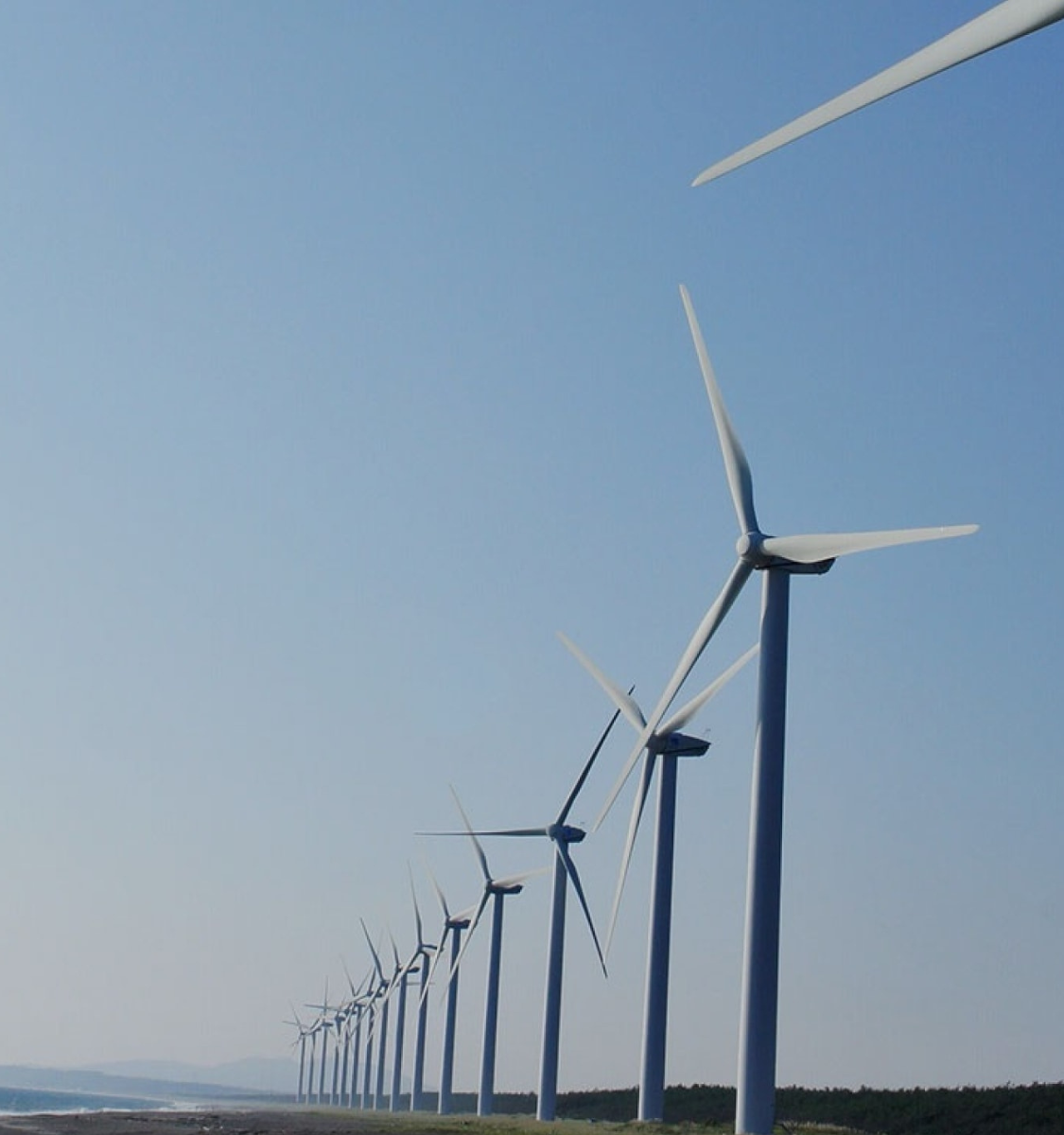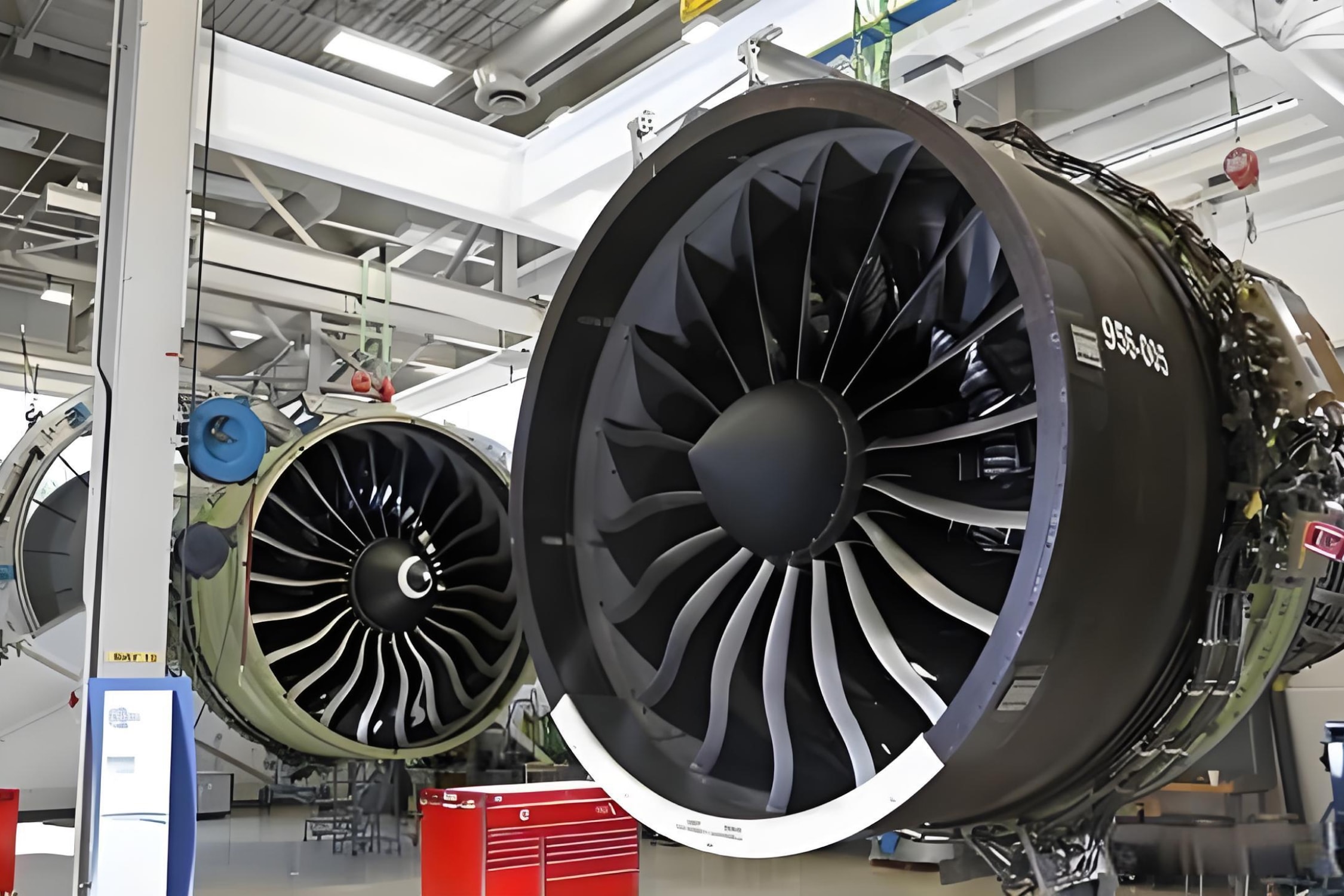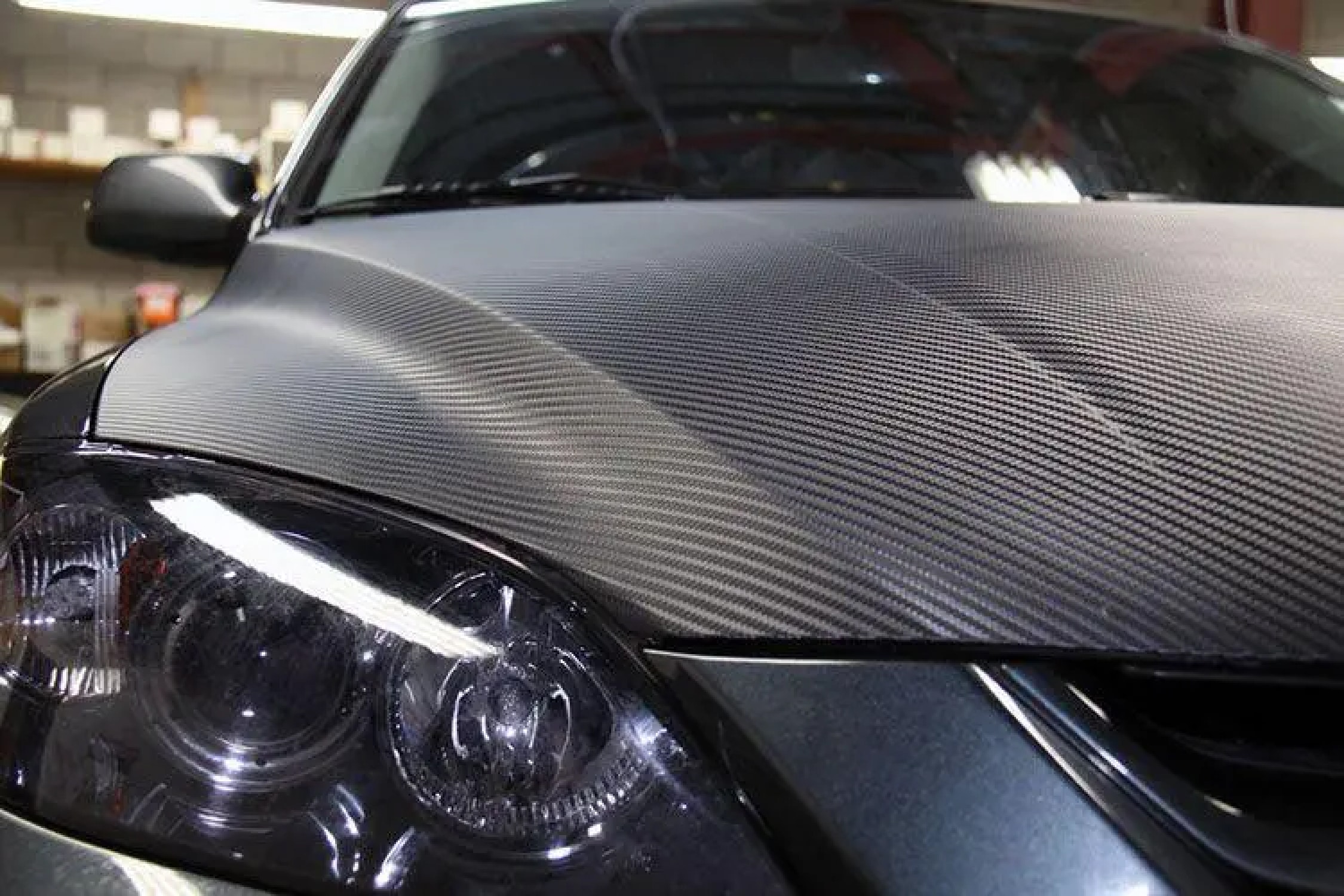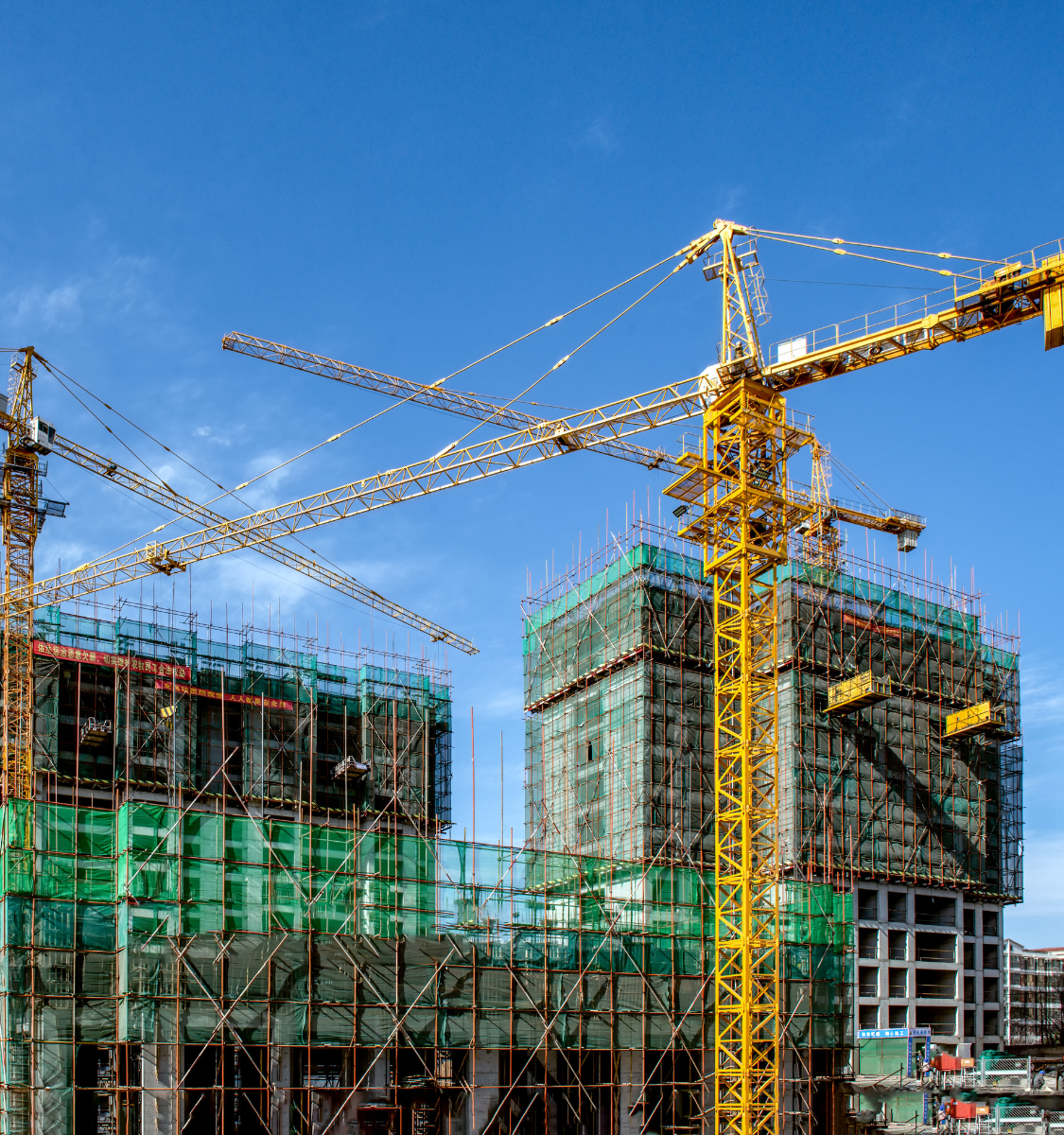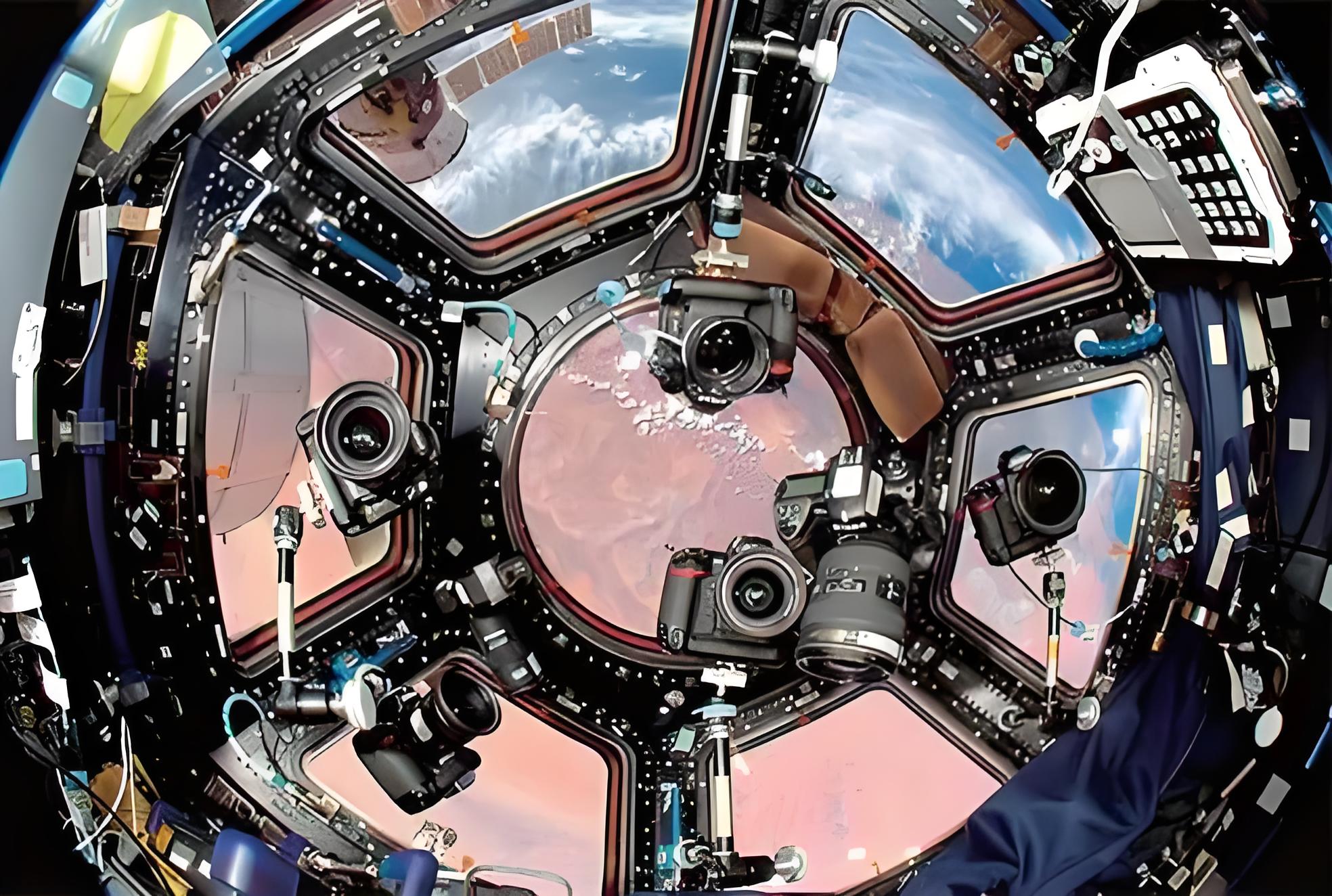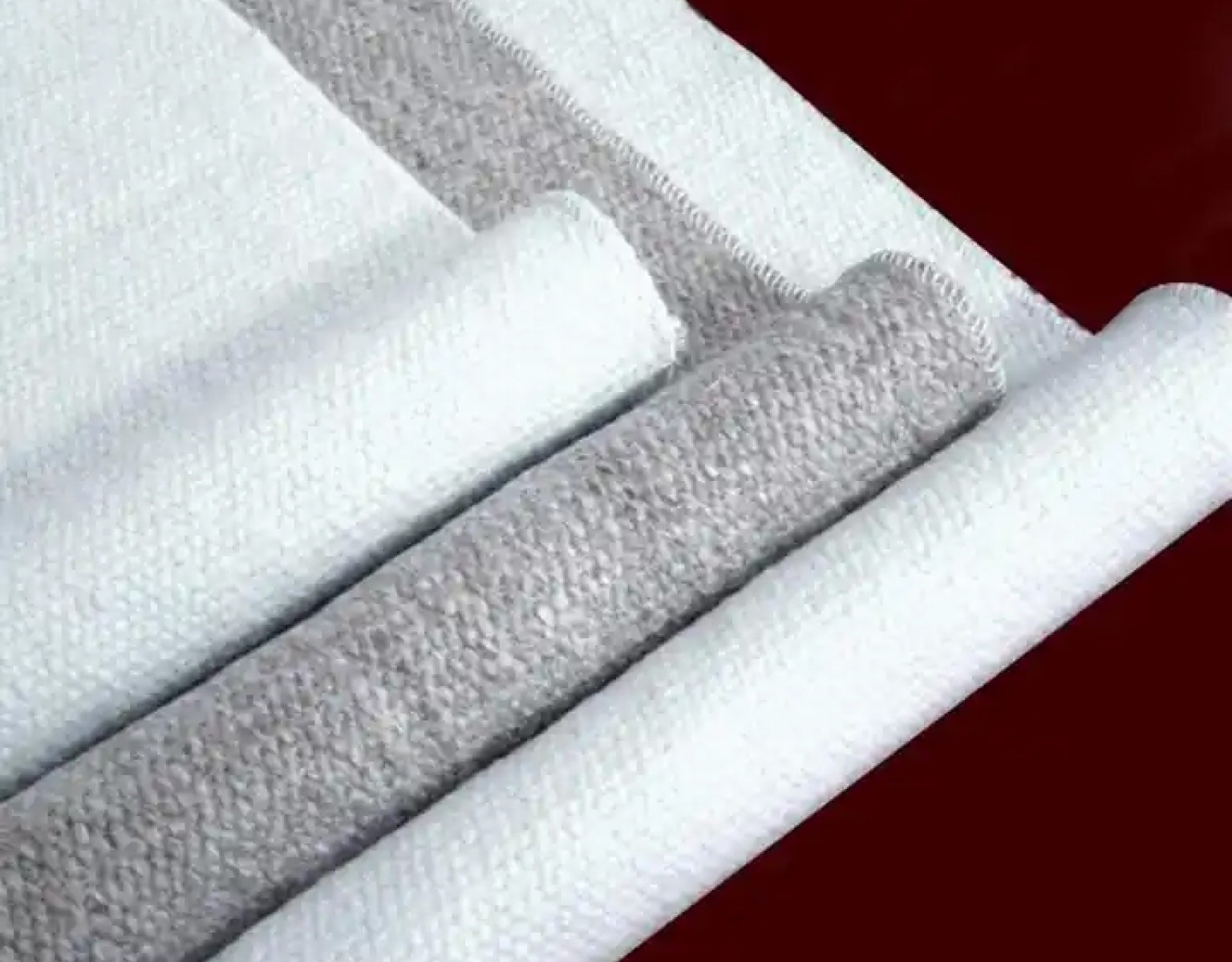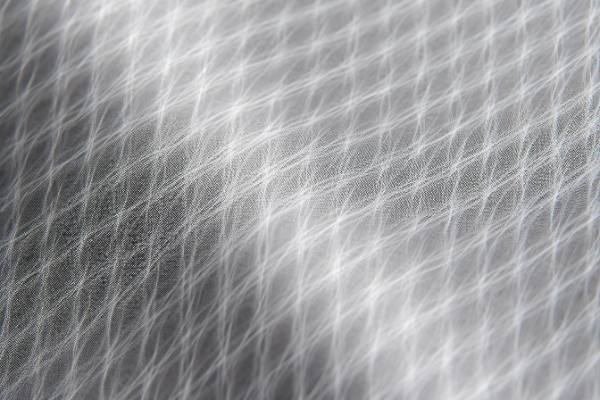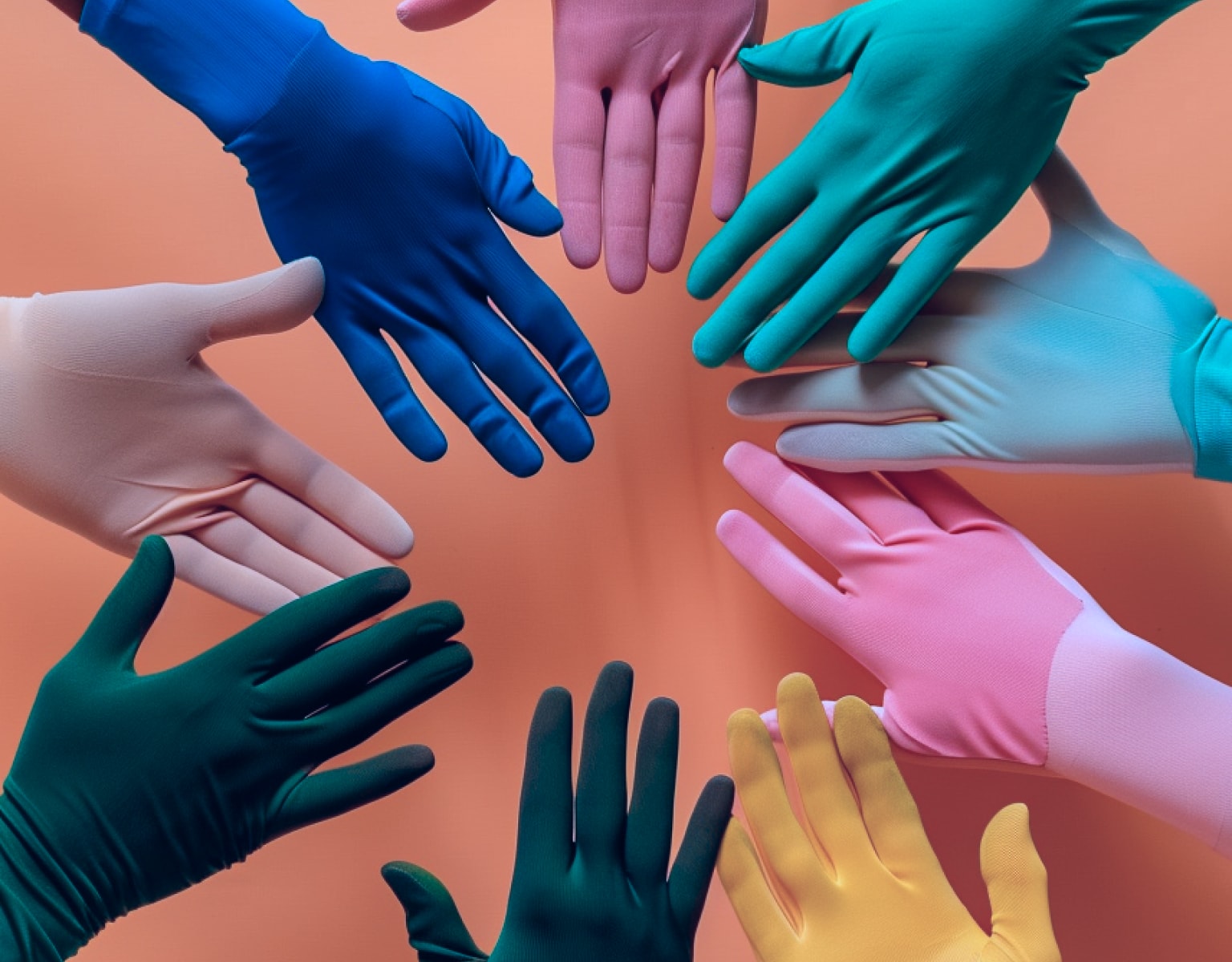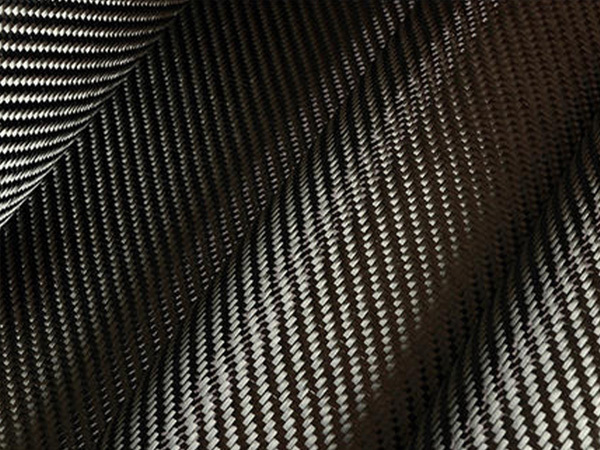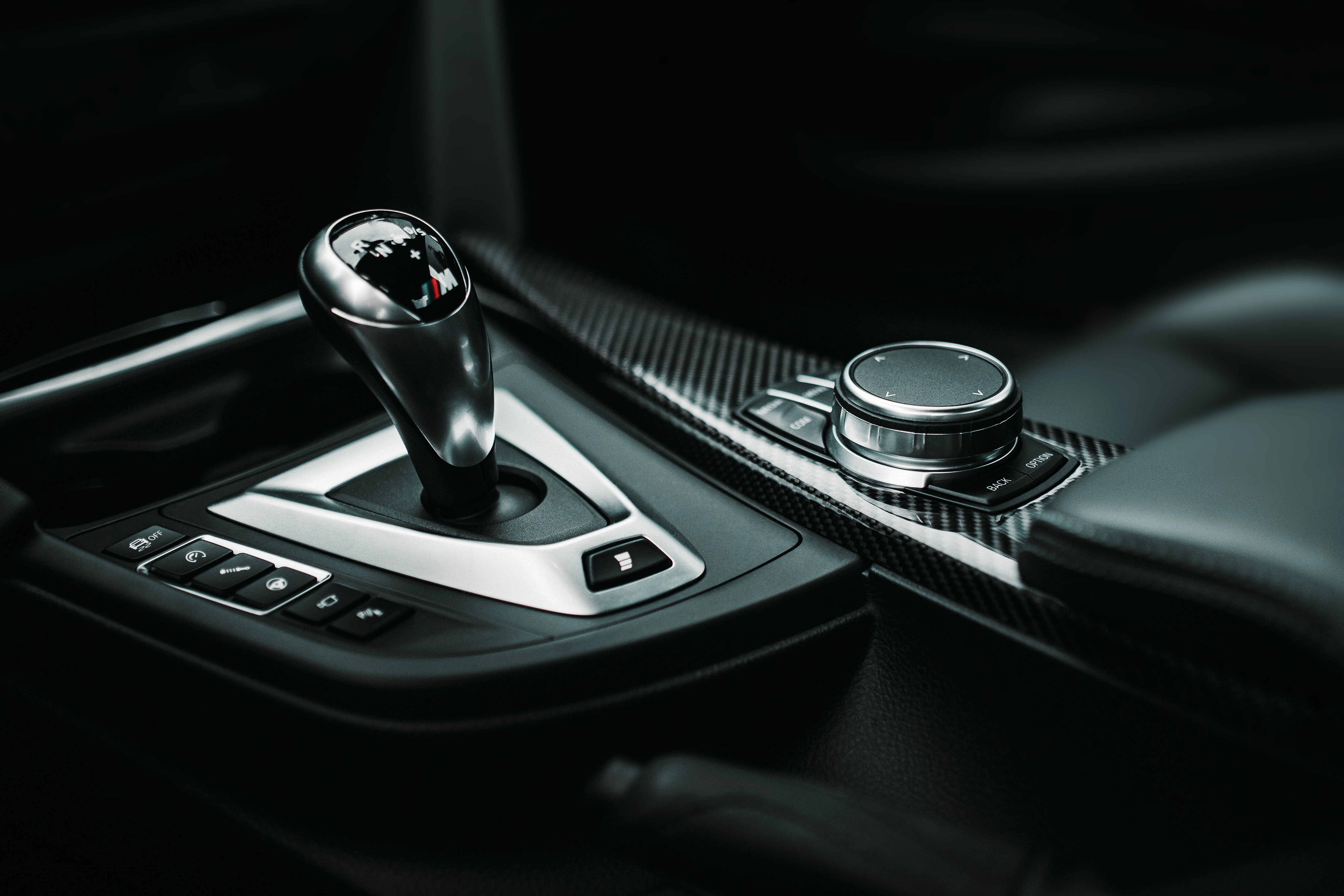+86-13732282311
merlin@xcellentcomposites.com
Let the world benefit from composite materials!
What is Fiber Reinforced Polymer and Its Difference from Fiberglass Reinforcement
Discover the benefits and applications of fiberglass reinforcement and fiber reinforced polymer (FRP) in modern engineering. Learn how these materials improve strength, durability, and sustainability across industries like construction, automotive, and aerospace. Explore their advantages, types, and future trends in this comprehensive guide.
Introduction to Fiberglass Reinforcement and Fiber Reinforced Polymer (FRP)
The demand for advanced, high-performance materials is growing exponentially across industries like construction, automotive, and aerospace. Among these materials, fiberglass reinforcement and fiber reinforced polymer (FRP) stand out due to their exceptional properties. But what exactly are these materials, and why are they so critical to modern engineering?
Fiberglass reinforcement refers to the use of fine glass fibers to reinforce plastic or composite materials, increasing their strength and durability. On the other hand, fiber reinforced polymer (FRP) refers to a composite material made of a polymer matrix reinforced with fibers, which can include glass, carbon, or other synthetic fibers. FRP offers high strength-to-weight ratios and remarkable corrosion resistance, making it an ideal material for demanding environments.
The versatility of both fiberglass and FRP has made them indispensable in several sectors, driving significant advancements in product performance, longevity, and cost-efficiency.
Understanding Fiberglass Reinforcement
What is Fiberglass Reinforcement?
Fiberglass reinforcement involves embedding fine strands of glass into various materials, primarily to enhance their structural integrity. The fibers, made from silica-based glass, provide additional tensile strength without significantly increasing weight.
History and Evolution of Fiberglass
The history of fiberglass can be traced back to the early 1930s, when scientists first began experimenting with thin glass fibers to reinforce materials. Since then, it has grown into a vital element in manufacturing, thanks to its flexibility, strength, and relatively low cost. Over the years, the evolution of fiberglass technology has driven its adoption in a wide range of industries, from automotive to aerospace and beyond.
Properties of Fiberglass Reinforcement
Fiberglass is lightweight yet strong, resistant to corrosion, and has low thermal conductivity. These properties make it ideal for use in harsh environments where traditional materials may degrade. Additionally, fiberglass is non-conductive, making it a preferred choice in electrical and telecommunications applications.
What are Types of Fiberglass Reinforcements
Continuous Fiberglass Reinforcement
Continuous fiberglass is created by pulling long strands of glass fiber through a resin to form a continuous, strong, and lightweight composite. This type of reinforcement is commonly used in large structural applications where uninterrupted strength is essential.
Chopped Strand Mat
Chopped strand mats consist of randomly distributed short strands of fiberglass. These mats are widely used in products requiring less directional strength but still offer excellent reinforcement properties. They’re commonly employed in processes like hand lay-up or spray-up.
Woven Roving
Woven roving is produced by weaving continuous strands of fiberglass into a fabric. This material is much stronger than chopped strand mats and is used in projects requiring higher strength and durability, such as boat hulls and industrial tanks.
Hybrid Composites Incorporating Fiberglass
Hybrid composites combine fiberglass with other reinforcing fibers, such as carbon fiber or aramid, to leverage the advantages of each material. These hybrids are increasingly popular in industries that require lightweight yet incredibly strong materials, like the automotive and aerospace sectors.
Is fiber reinforced polymer the same as fiberglass?
No, fiber reinforced polymer (FRP) and fiberglass reinforcements are not exactly the same, although they are closely related. Fiberglass is a type of fiber used to reinforce a polymer matrix, making it one type of FRP. FRP is a broader category of composite materials where the polymer matrix can be reinforced with different types of fibers, including glass, carbon, or aramid. Fiberglass is specifically glass fibers, whereas FRP refers to the composite as a whole, which can be made with various fibers, not just glass.
Which is better, Glass Reinforced Plastic or fiber reinforced polymer?
Glass Reinforced Plastic (GRP) is essentially another term for fiberglass, where plastic is reinforced with glass fibers. Fiber Reinforced Polymer (FRP) is a more general term that includes GRP but also other fiber types like carbon and aramid fibers. Whether GRP or FRP is better depends on the application:
- GRP is often more cost-effective and widely used for general applications requiring corrosion resistance and durability.
- FRP that uses carbon or aramid fibers may offer higher strength and stiffness but at a higher cost, making it suitable for specialized applications like aerospace or high-performance automotive parts.
What is the difference between Fiber Reinforced Composite and fiber reinforced polymer?
Fiber Reinforced Composite (FRC) and Fiber Reinforced Polymer (FRP) are often used interchangeably but have subtle distinctions. FRP refers specifically to composites where the matrix is a polymer, while FRC can refer to any composite reinforced with fibers, regardless of whether the matrix is polymer, metal, ceramic, or another material. In most industries, FRP is the more commonly used term for fiber-reinforced materials with a plastic or polymer matrix.
What are the risks of fiber reinforced polymer?
While fiber reinforced polymer (FRP) offers many advantages, there are some risks and limitations:
- UV degradation: Prolonged exposure to sunlight can weaken the polymer matrix, leading to reduced strength over time if not properly treated.
- Fire resistance: Some FRP materials are not inherently fire-resistant and may emit toxic fumes when exposed to high heat.
- Difficult recycling: Recycling FRP is complex due to the mixture of fiber and resin, making disposal and environmental sustainability challenging.
- Health concerns: When cutting or machining FRP, small fibers and dust particles can be released, posing inhalation hazards, so proper protective equipment is necessary.
Is FRP better than carbon fiber?
Fiber Reinforced Polymer (FRP) and carbon fiber serve different purposes, and whether one is better depends on the specific application:
- FRP (with fiberglass): Typically more affordable, offering good corrosion resistance and moderate strength, making it ideal for applications like construction, infrastructure, and general-purpose manufacturing.
- Carbon fiber: Much stronger and lighter than fiberglass, carbon fiber is used in high-performance applications such as aerospace, automotive, and sporting goods. However, it is significantly more expensive than fiberglass-based FRP.
For applications that prioritize weight reduction and strength, carbon fiber is usually superior, while for cost-effectiveness and general use, fiberglass-based FRP is more practical.
The Role of Fiber Reinforced Polymer (FRP) in Engineering
Definition of Fiber Reinforced Polymer
Fiber reinforced polymer (FRP) is a composite material made from a polymer matrix, typically resin, and reinforced with fibers like glass, carbon, or aramid. The combination of a strong, stiff fiber and a polymer matrix results in a material with outstanding strength, durability, and versatility.
Types of Fibers Used in FRP
The fibers used in FRP can vary based on the intended application. The most common types include:
- Glass Fibers: Economical and widely used, especially for general-purpose applications.
- Carbon Fibers: Known for their high strength and stiffness, often used in aerospace and high-performance automotive applications.
- Aramid Fibers: Used in military and industrial applications for their impact resistance and durability.
Key Polymers in FRP
The most frequently used polymers in FRP manufacturing include epoxy, polyester, and vinyl ester resins. Each polymer offers unique characteristics, such as varying degrees of flexibility, resistance to chemicals, and temperature tolerance, making them suitable for specific applications.
Differences Between Fiberglass Reinforcement and FRP
While fiberglass reinforcement refers specifically to glass fibers used to strengthen materials, FRP refers to the broader category of polymer composites reinforced with various types of fibers, including fiberglass. The key difference lies in the scope: all fiberglass reinforcement materials can be considered a type of FRP, but not all FRPs use fiberglass.
Advantages of Fiberglass Reinforcement and FRP
High Strength-to-Weight Ratio
Both fiberglass reinforcement and FRP offer exceptional strength while remaining lightweight. This makes them ideal for applications where reducing weight is crucial, such as in aerospace, automotive, and construction industries.
Durability and Corrosion Resistance
One of the standout advantages of fiberglass and FRP is their resistance to corrosion, making them suitable for environments exposed to moisture, chemicals, and extreme temperatures. This property ensures longer lifespans for products, reducing maintenance costs over time.
Cost-Effectiveness in the Long Run
Although the initial cost of fiberglass and FRP materials may be higher than traditional materials like steel or aluminum, their durability and low maintenance requirements make them cost-effective in the long run.
Energy Efficiency and Environmental Impact
Fiberglass and FRP materials contribute to energy efficiency in various ways. Their lightweight properties reduce transportation costs and fuel consumption, while their long lifespan minimizes waste. Additionally, innovations in recycling FRP materials are improving their environmental footprint.
Manufacturing Processes for FRP and Fiberglass Reinforcement
Pultrusion Process
Pultrusion involves pulling fibers through a resin bath and then through a heated die to form continuous lengths of FRP. This process is highly automated and produces consistent, high-quality components, such as beams and channels.
Filament Winding
In filament winding, continuous fibers are wound around a rotating mandrel and coated with resin. This method is commonly used to create cylindrical shapes like pipes and tanks.
Hand Lay-Up
The hand lay-up process involves manually placing fiberglass mats or fabrics into a mold and saturating them with resin. This process is labor-intensive but allows for the production of large, complex shapes.
Resin Transfer Molding (RTM)
RTM is a closed-mold process in which resin is injected into a mold containing the fiberglass or other reinforcement material. This method produces high-quality, uniform components and is widely used in automotive and aerospace industries.
Is fiberglass tougher than steel?
Fiberglass is not necessarily tougher than steel in the traditional sense, as both materials excel in different areas depending on how toughness is defined.
Strength-to-Weight Ratio
Fiberglass has a higher strength-to-weight ratio than steel. This means that for its weight, fiberglass can be stronger than steel, making it advantageous in applications where reducing weight is critical, such as in the automotive, marine, and aerospace industries.
Corrosion Resistance
Fiberglass is more resistant to corrosion than steel, especially in environments exposed to moisture, chemicals, or saltwater. This gives fiberglass an edge in applications like infrastructure, where long-term durability is essential.
Flexibility and Impact Resistance
Fiberglass is more flexible and can absorb impact without permanently deforming, unlike steel, which can dent or bend under high stress. However, steel is typically stronger in terms of compressive strength and toughness (the ability to withstand wear, pressure, or damage) when it comes to direct, high-impact applications like load-bearing structures.
Overall Toughness
When toughness refers to resistance to breaking under stress, steel is generally considered tougher due to its ability to withstand very high tensile and compressive forces. Fiberglass is more brittle in comparison and can crack or shatter under extreme impact, especially if not properly reinforced or designed for the specific load.
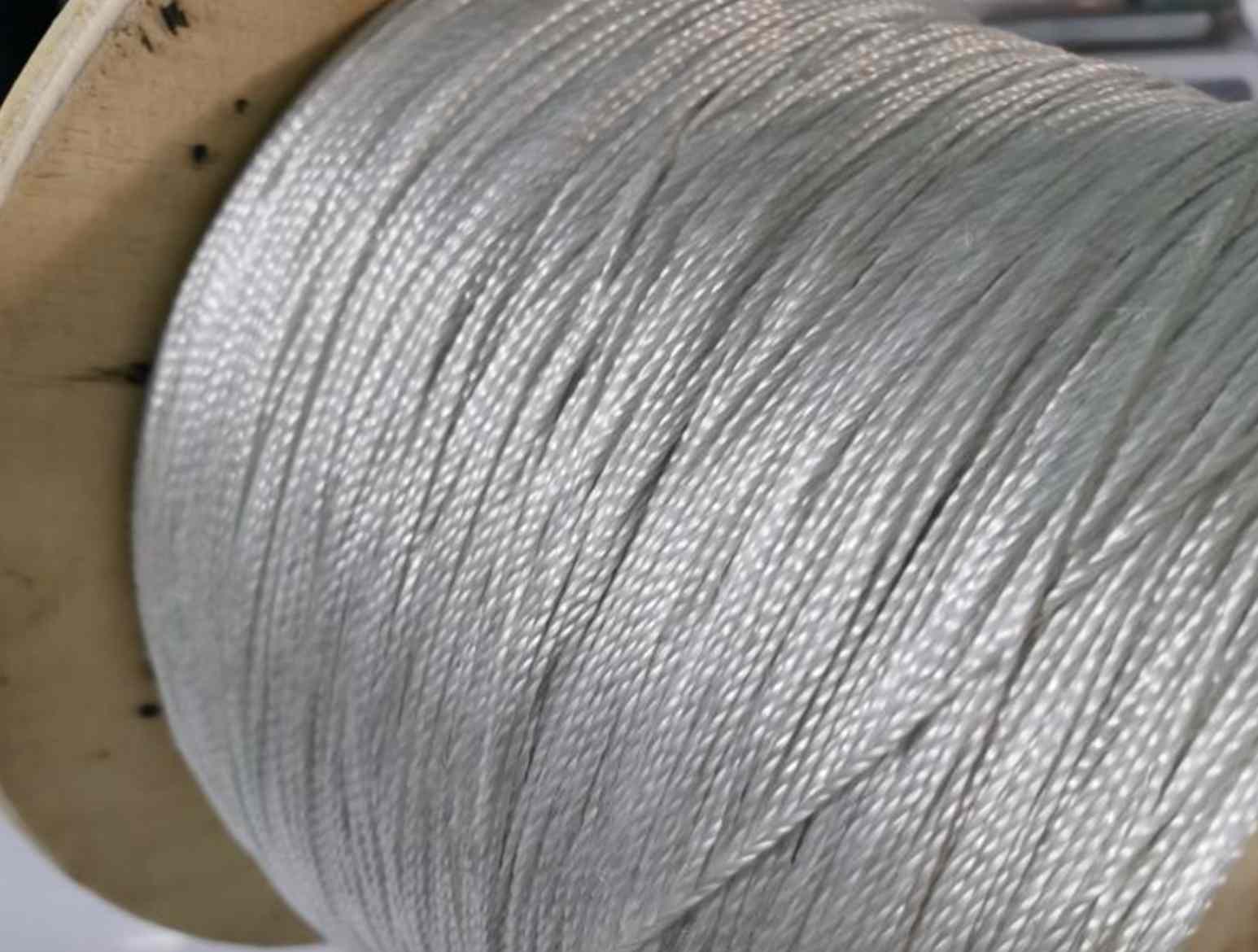
Applications of Fiberglass Reinforcement in Various Industries
Automotive Industry
Fiberglass reinforcement is increasingly used in the automotive industry to create lightweight, strong, and durable components. From body panels to engine covers, fiberglass reduces vehicle weight, improving fuel efficiency and performance.
Construction and Civil Engineering
In construction, fiberglass reinforcement is used in a variety of applications, including reinforcement for concrete structures, roofing, and cladding. The corrosion resistance and long lifespan of fiberglass make it particularly valuable for infrastructure projects like bridges, tunnels, and seawalls.
Marine and Aerospace
Fiberglass’s lightweight yet strong properties make it an excellent choice for marine and aerospace applications. In boats, fiberglass is used for hulls, decks, and other components that require durability and water resistance. In aerospace, it is employed for non-structural components that need to be lightweight without sacrificing strength.
Electrical and Telecommunications
The non-conductive properties of fiberglass make it ideal for use in electrical and telecommunications applications. Fiberglass-reinforced components, such as ladders, poles, and insulators, are commonly found in environments where electrical safety is paramount.
Fiber Reinforced Polymer in Structural Applications
FRP in Reinforced Concrete Structures
FRP bars and grids are increasingly being used to reinforce concrete in buildings, bridges, and other infrastructure. FRP reinforcement provides superior resistance to corrosion and reduces maintenance needs in the long term.
FRP in Bridges and Infrastructure
FRP has revolutionized bridge construction by offering lightweight, corrosion-resistant alternatives to steel reinforcement. This leads to lower maintenance costs and longer service life for bridges, particularly in harsh environments like coastal or industrial areas.
FRP in Architectural Design and Building Facades
FRP is also used in architectural applications where lightweight, aesthetic, and customizable designs are required. Its flexibility allows architects to create intricate designs while ensuring the structural integrity of the buildings.
FAQs
-
What is the main difference between fiberglass and fiber reinforced polymer?
- Fiberglass refers specifically to glass fibers used for reinforcement, while FRP is a broader composite material that includes various types of fibers, not limited to glass.
-
How durable is fiberglass reinforcement compared to traditional materials?
- Fiberglass reinforcement offers superior durability, especially in harsh environments where traditional materials like steel may corrode.
-
How is fiber reinforced polymer used in modern construction?
- FRP is used for reinforcing concrete, building lightweight bridges, and creating facades with complex designs due to its strength, corrosion resistance, and flexibility.
-
What are the environmental benefits of using FRP?
- FRP reduces the carbon footprint by being lightweight and durable, which lowers transportation and maintenance costs. Innovations in recycling are also improving its sustainability.
-
Are fiberglass and FRP recyclable?
- Yes, both materials are increasingly recyclable, though the processes for recycling FRP are more complex and still evolving.
-
How do fiberglass and FRP compare in terms of cost?
- While fiberglass and FRP can be more expensive upfront, their durability and low maintenance make them more cost-effective over time.
Popular Composite Materials
Popular Composite Materials
Composites Knowledge Hub
Composites Knowledge Hub

